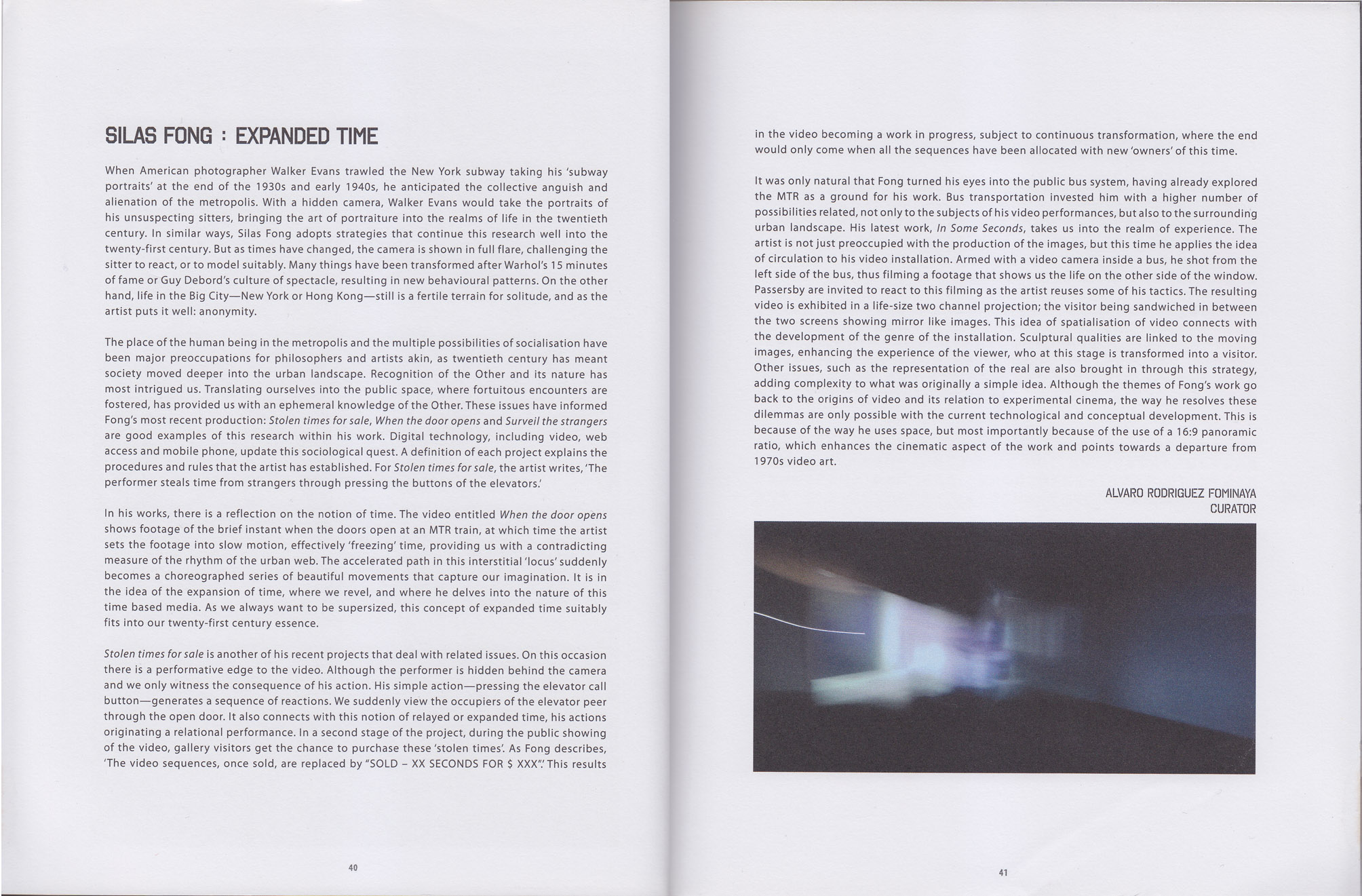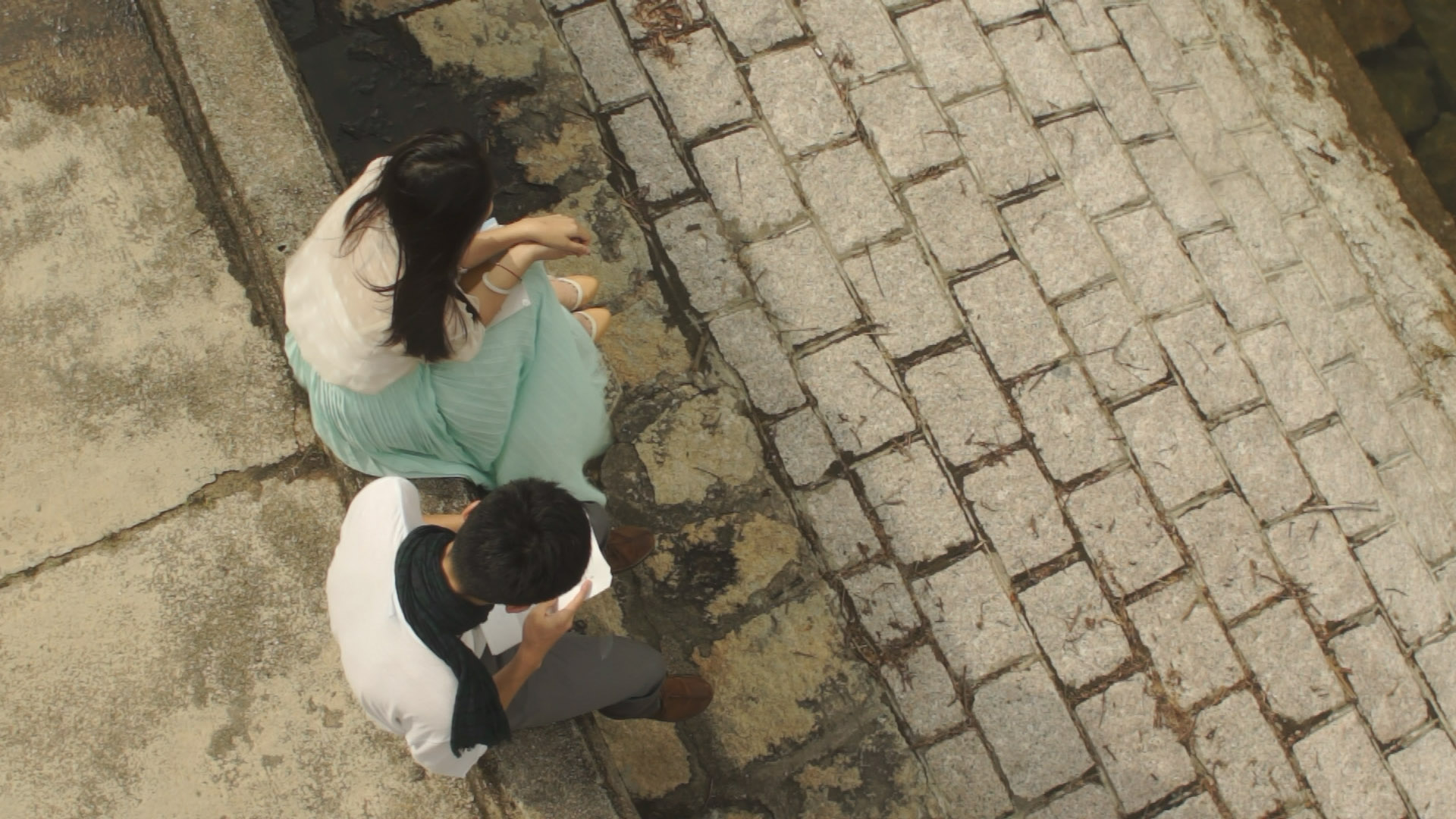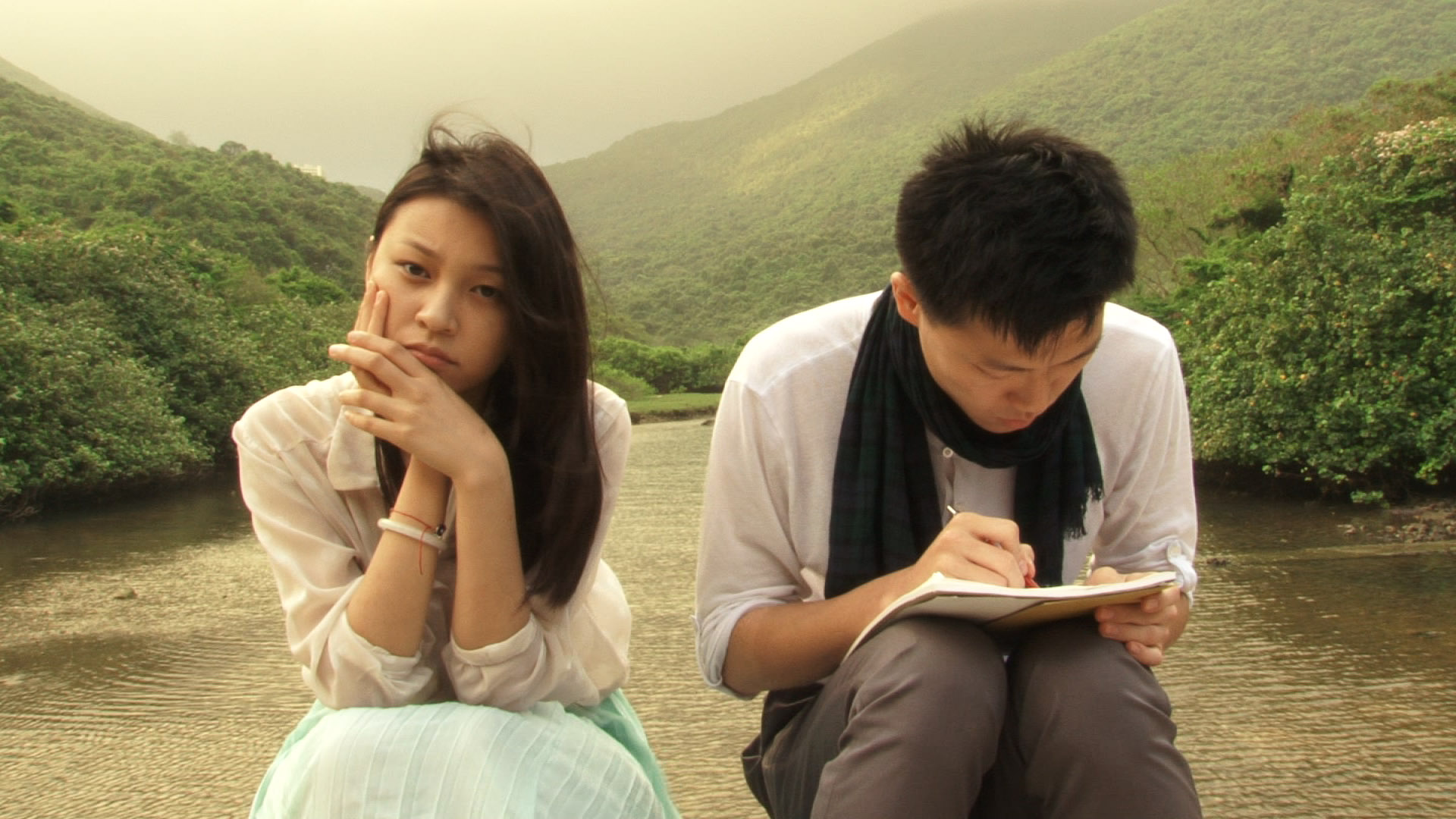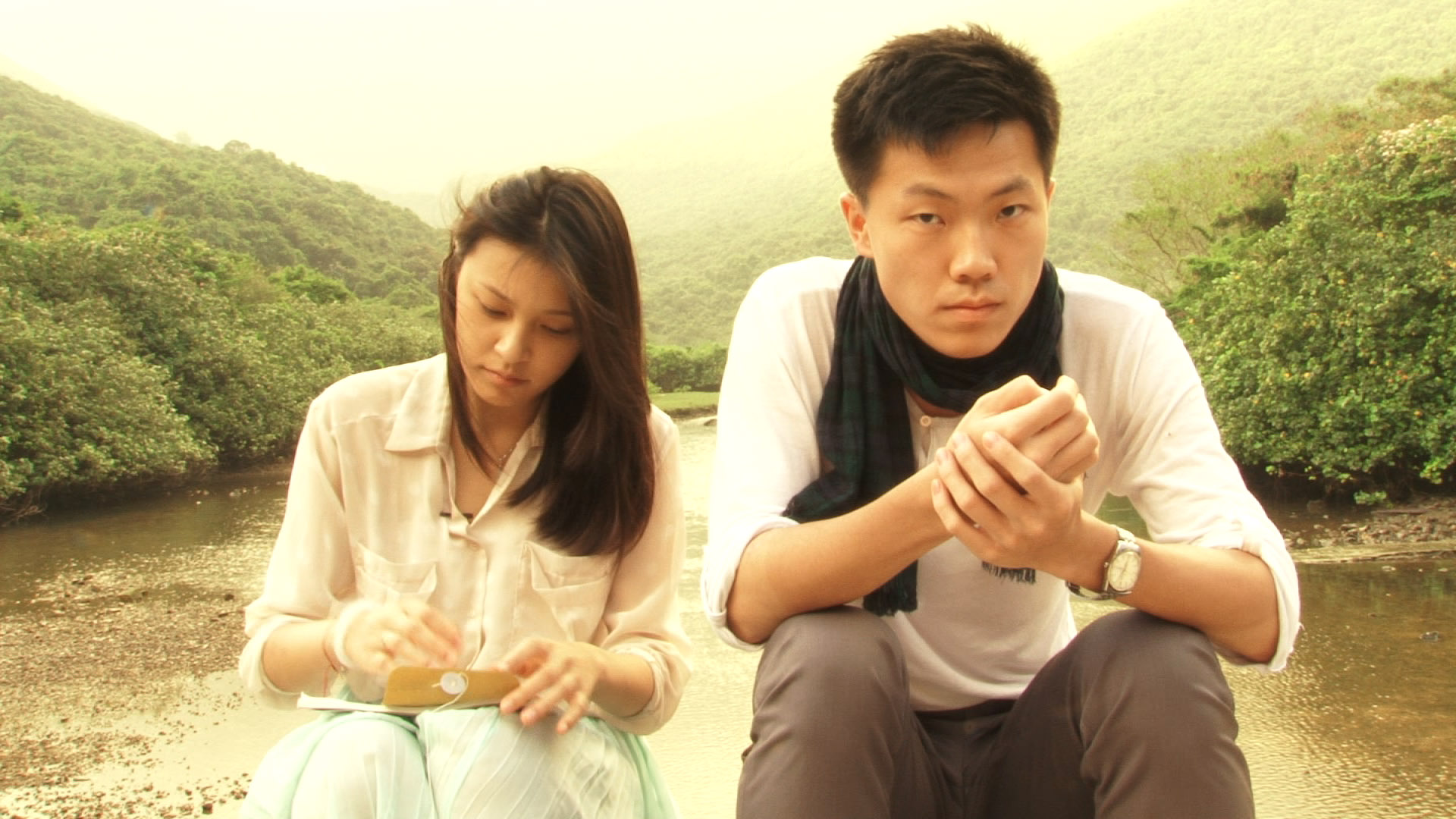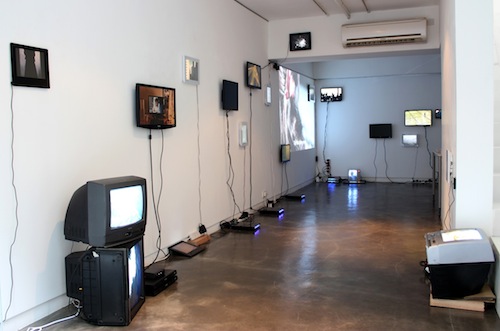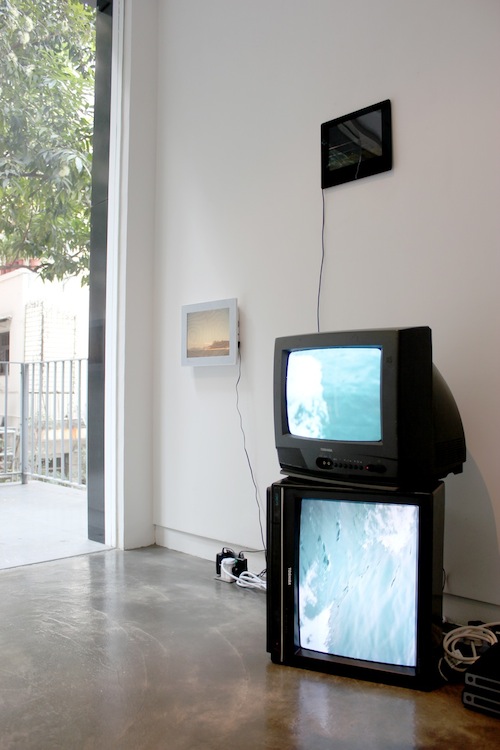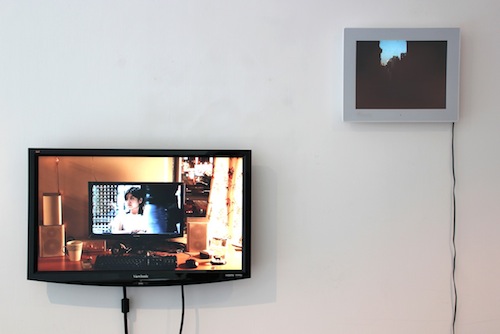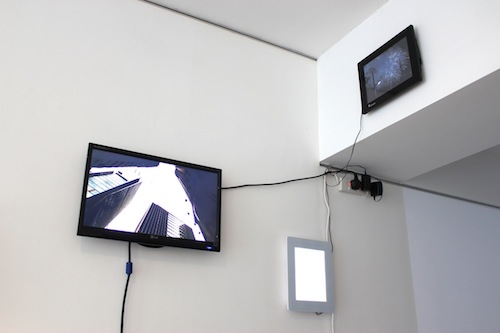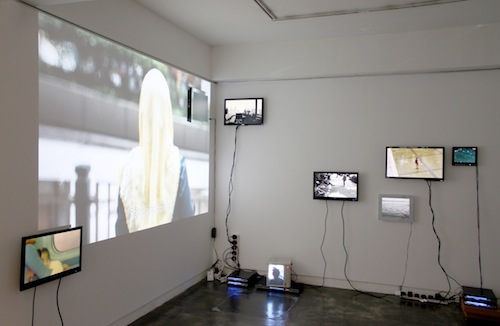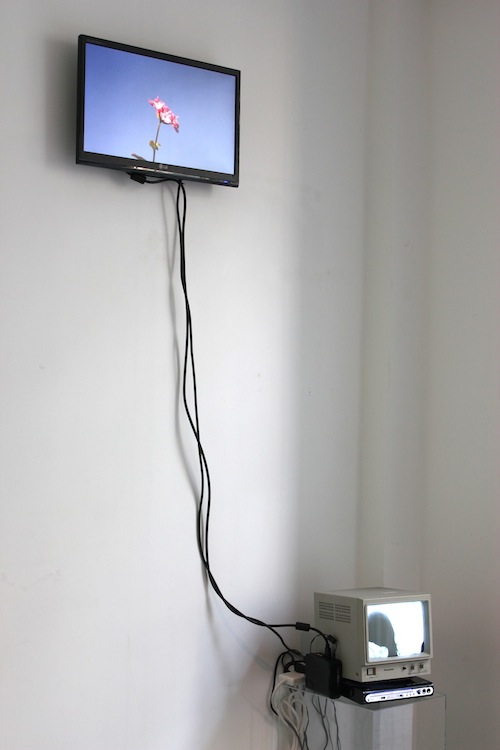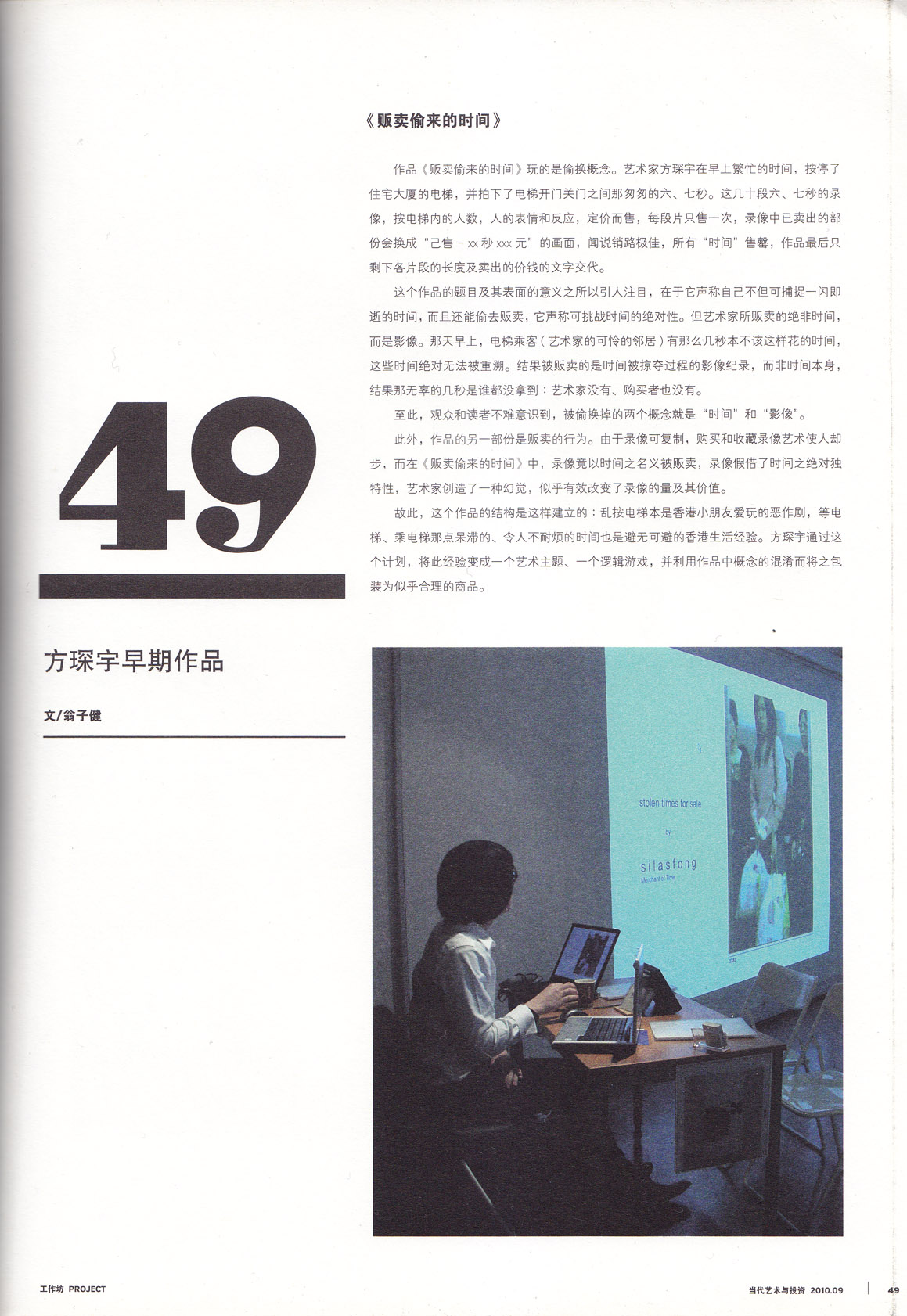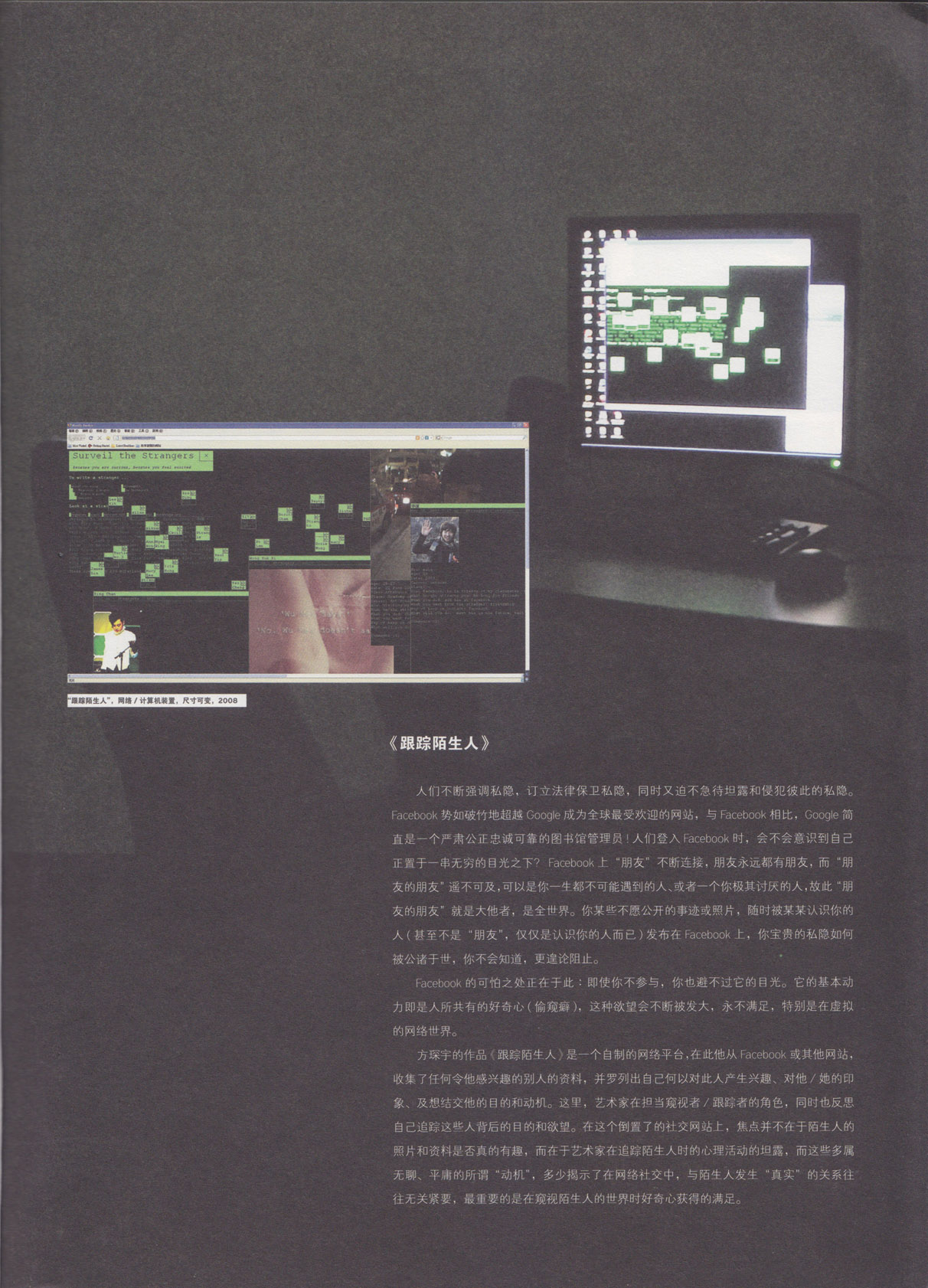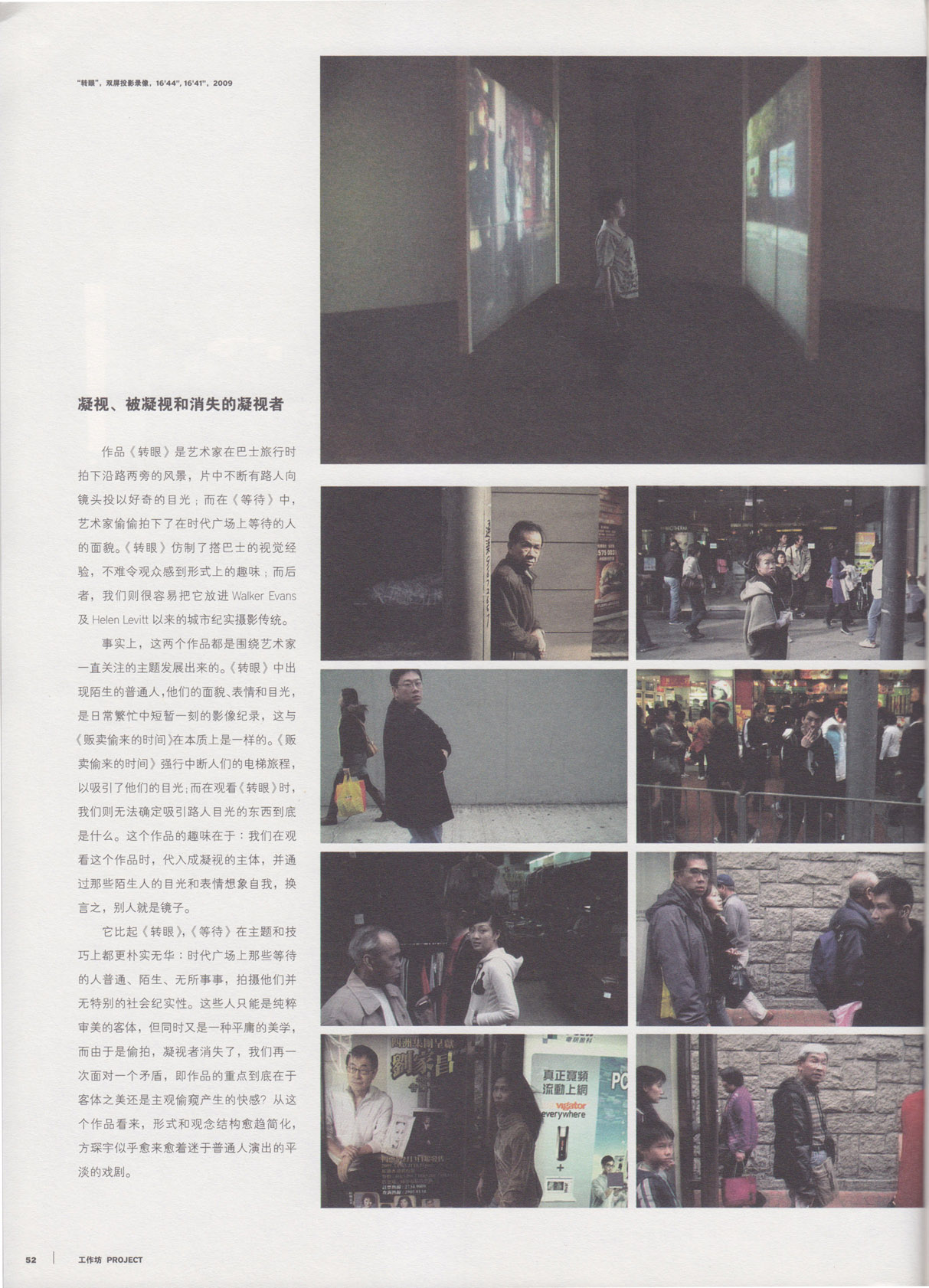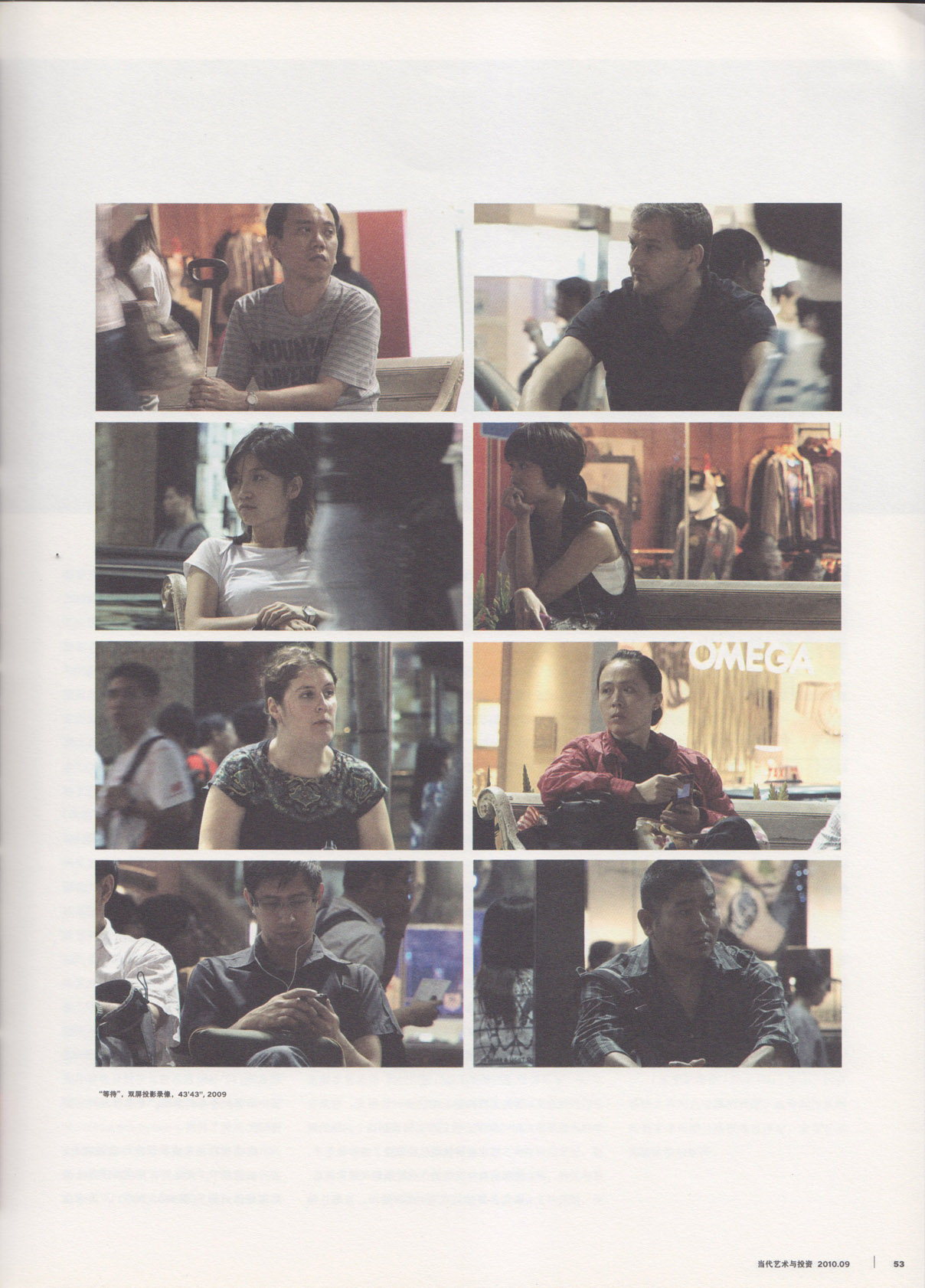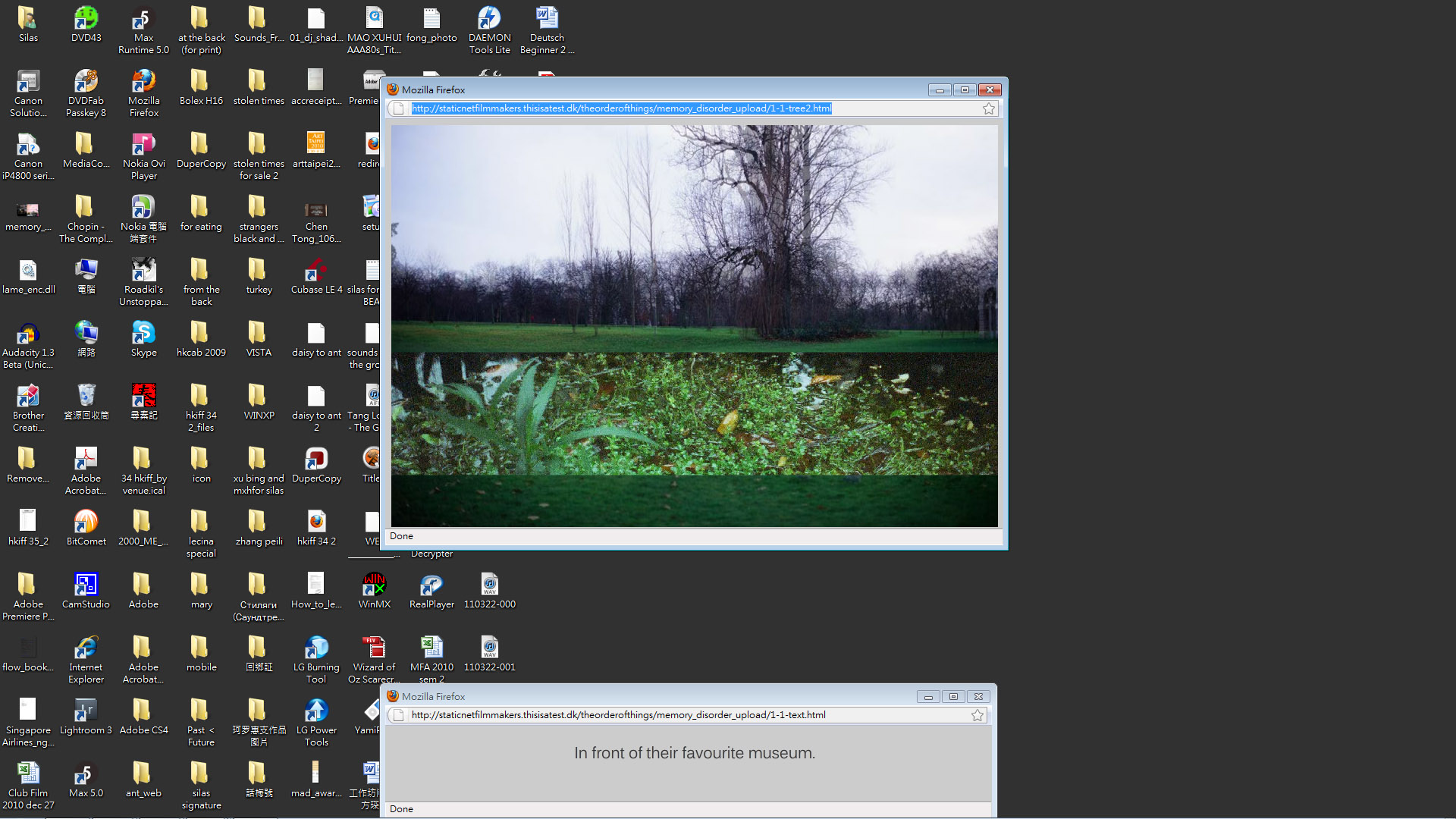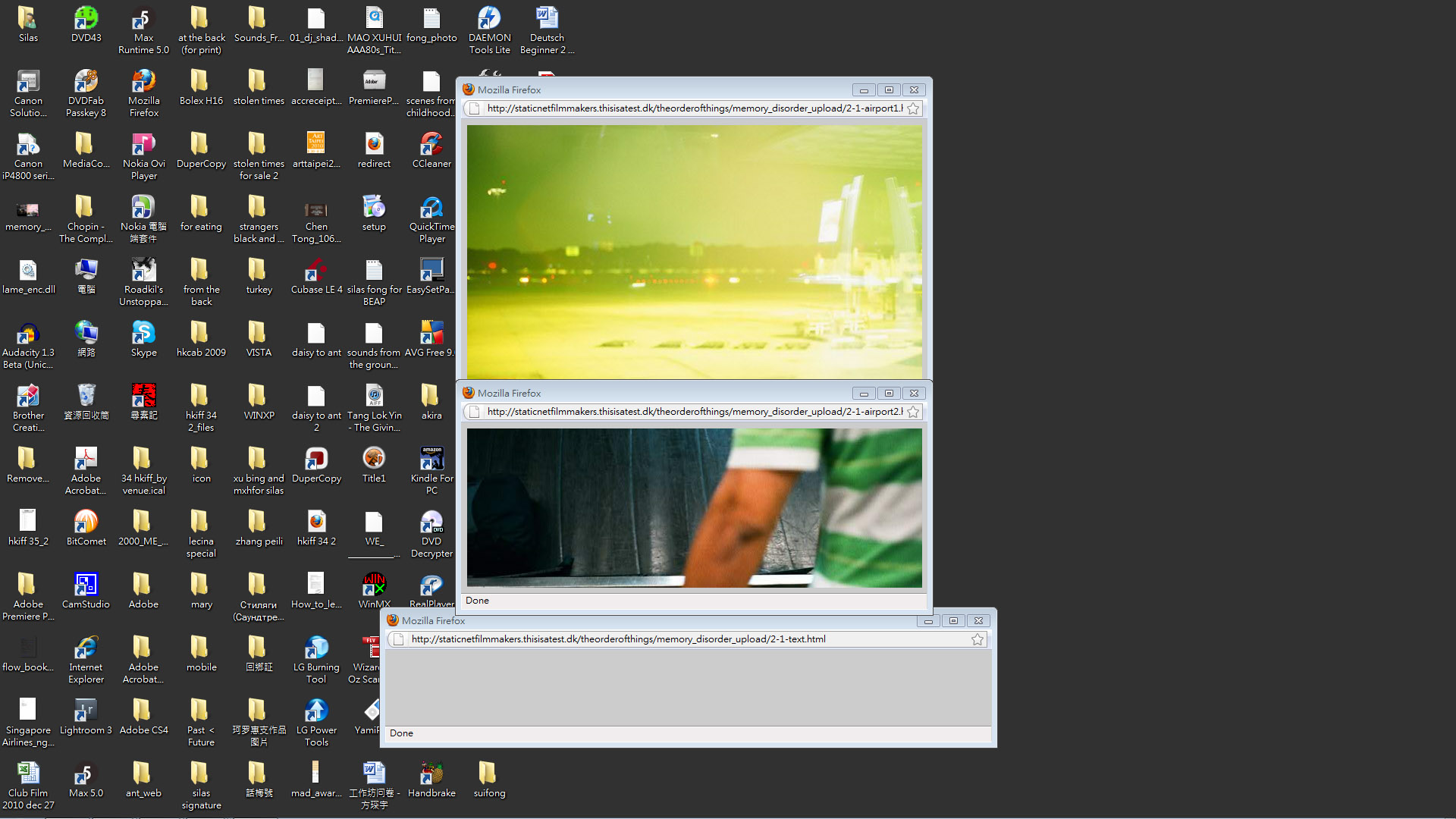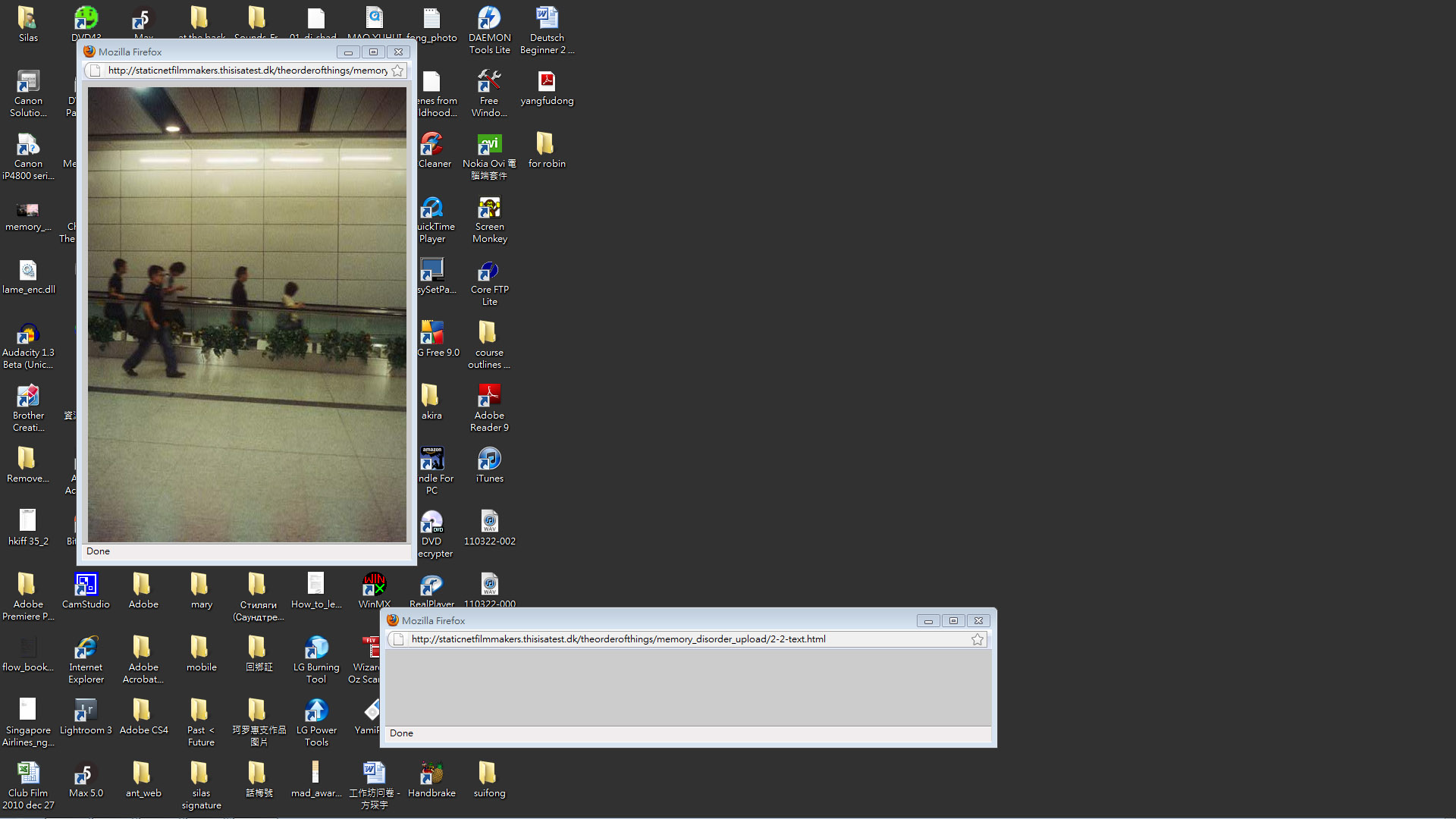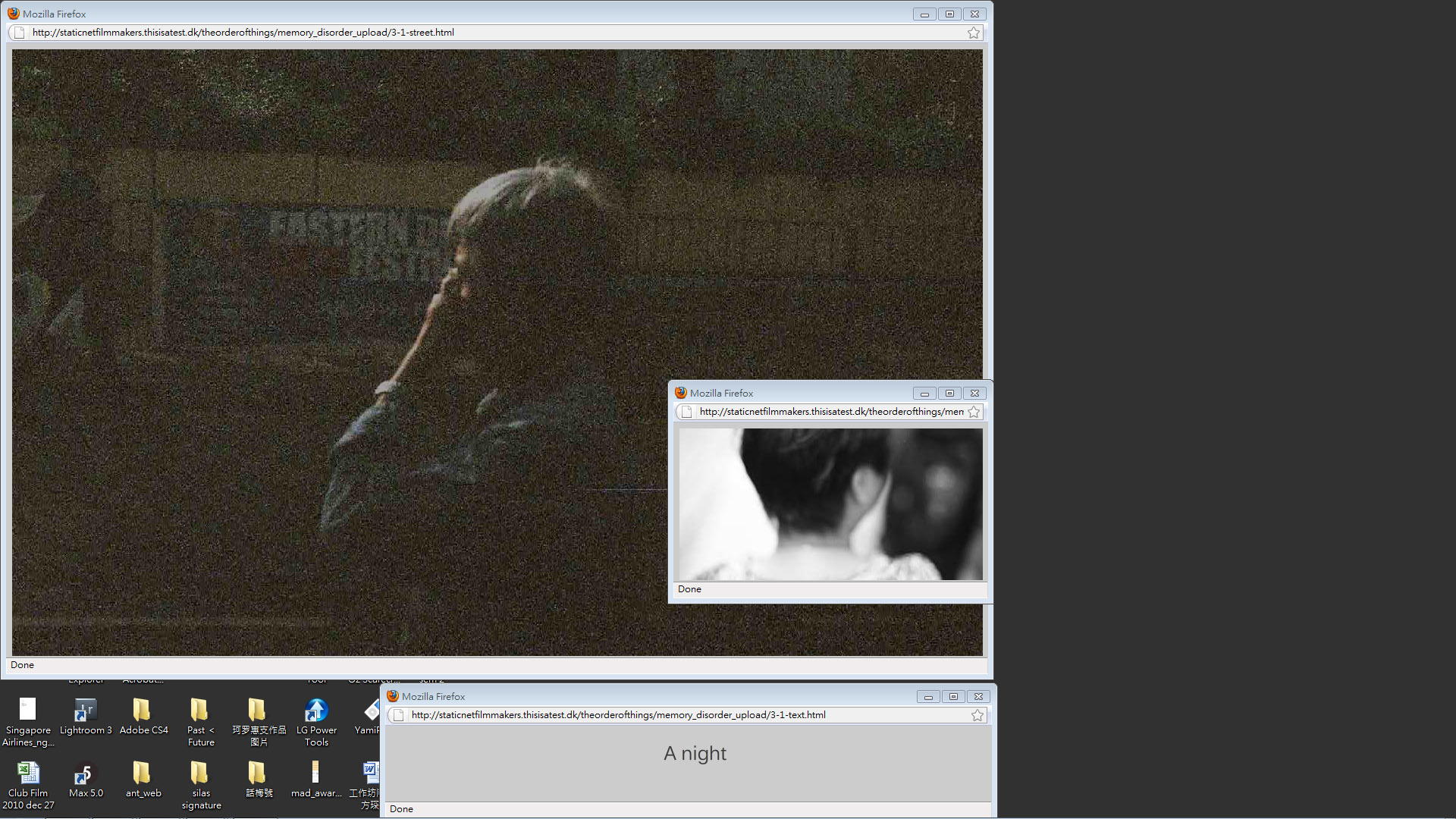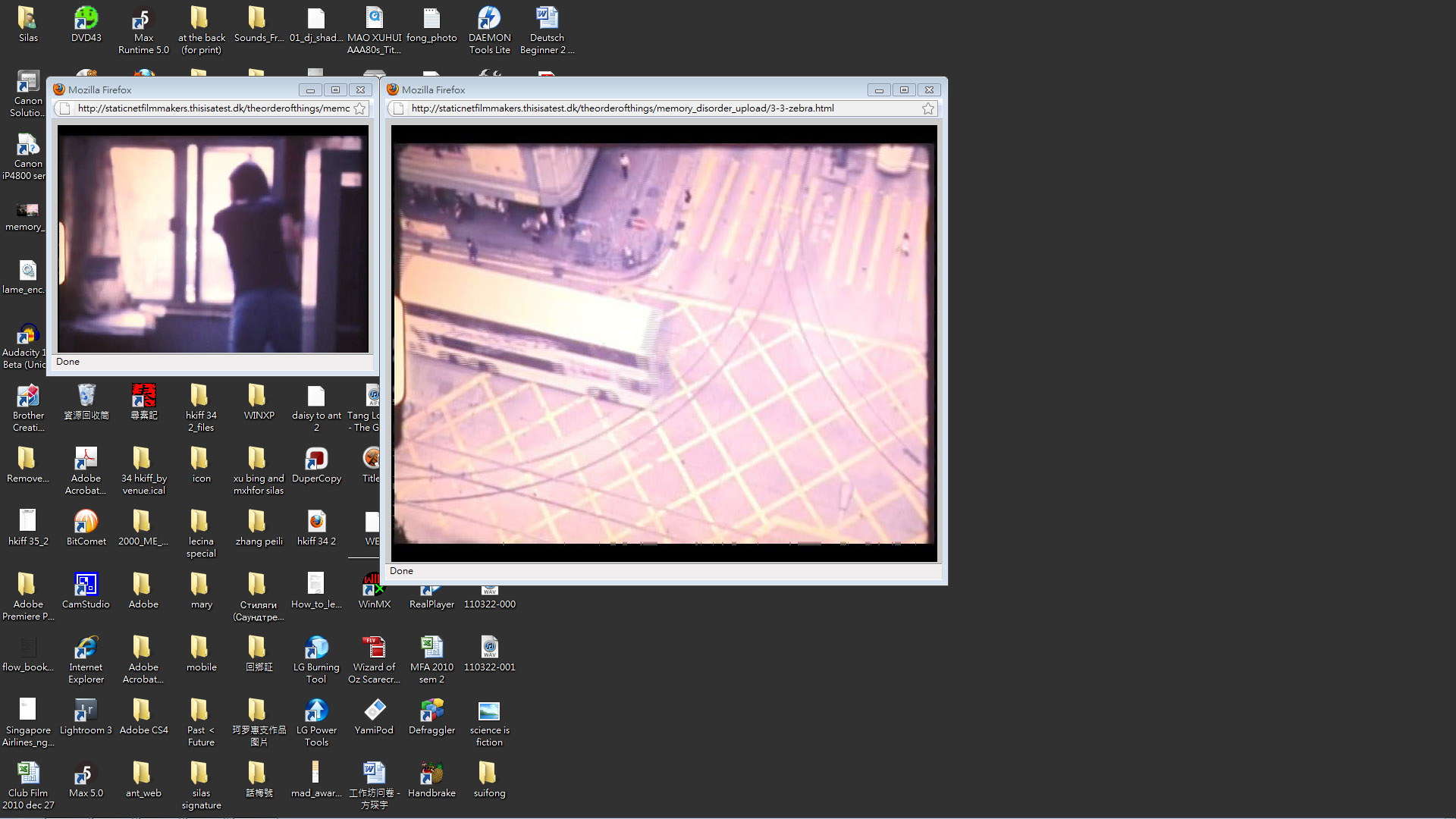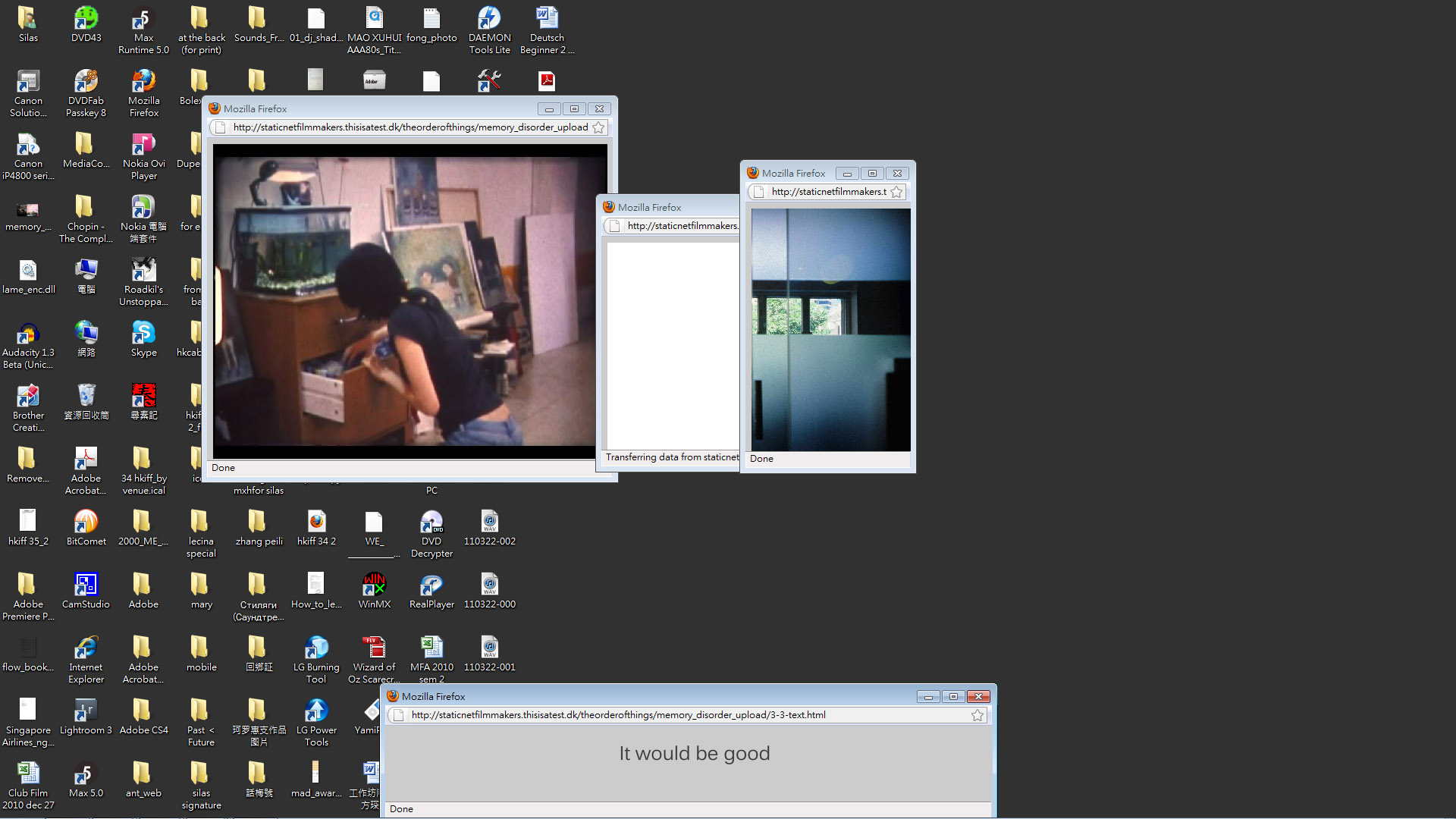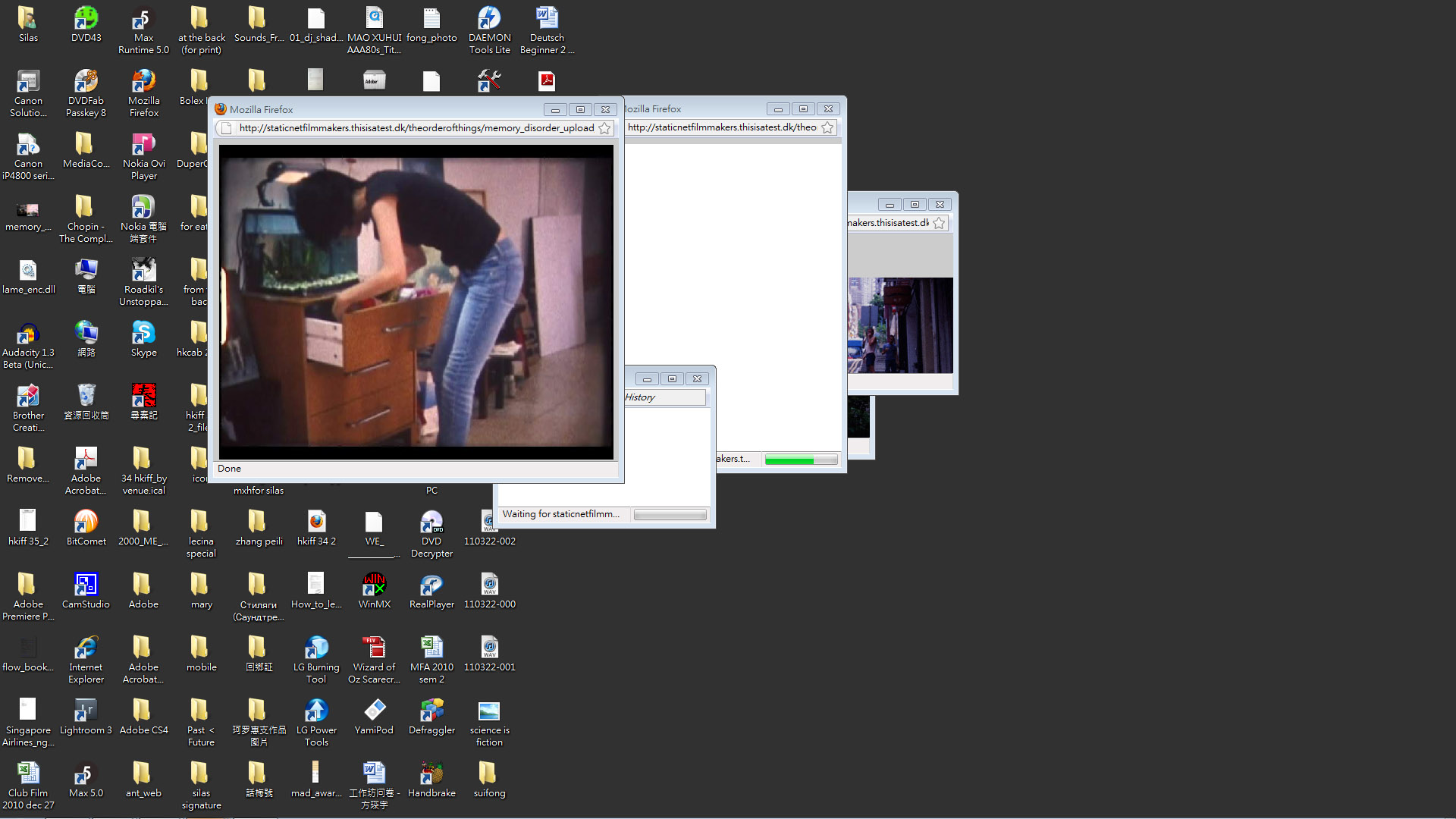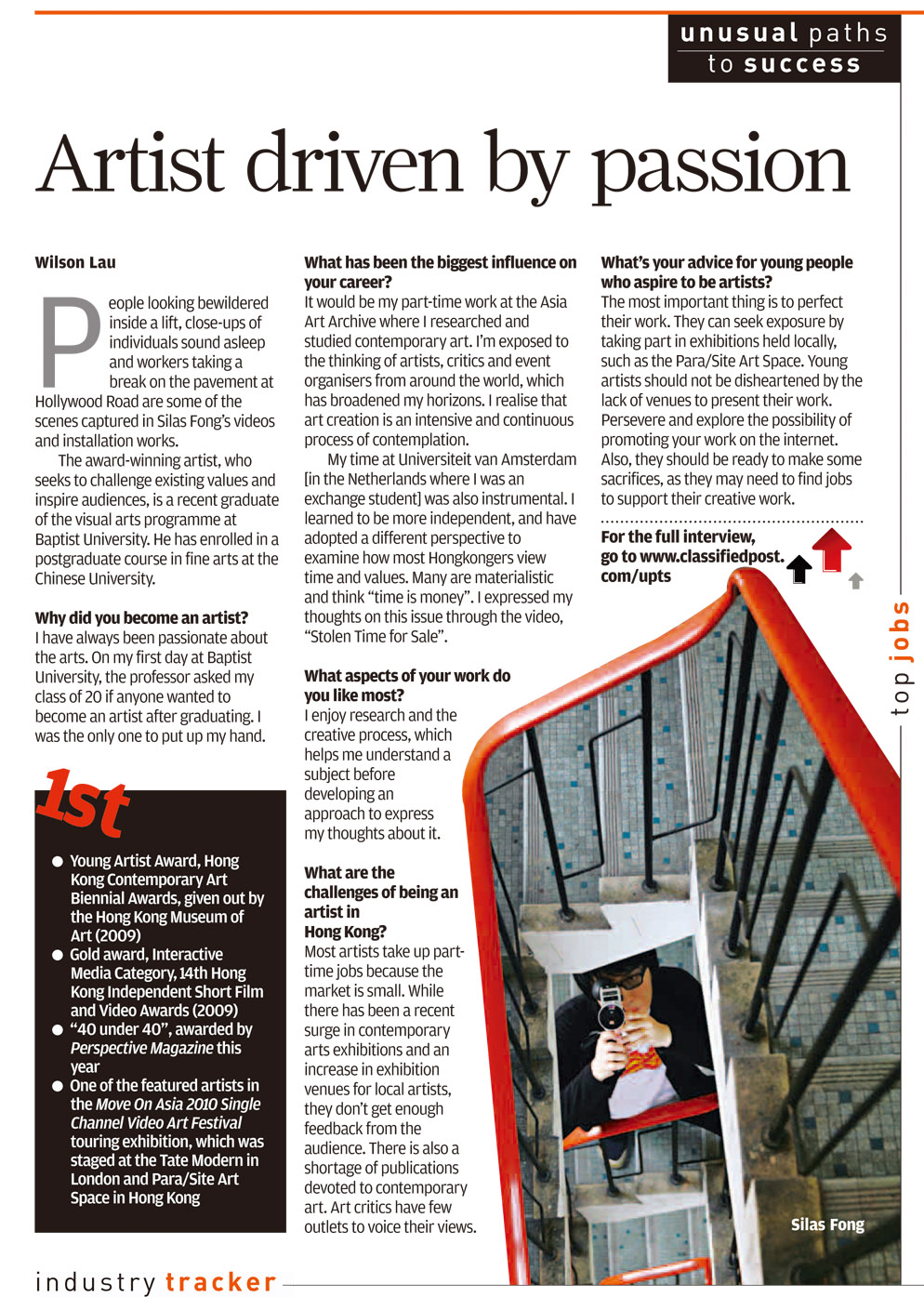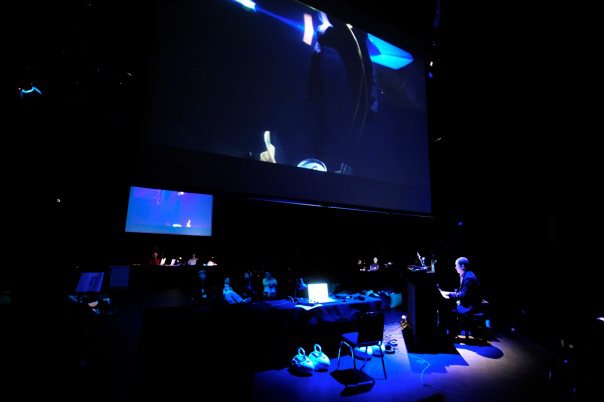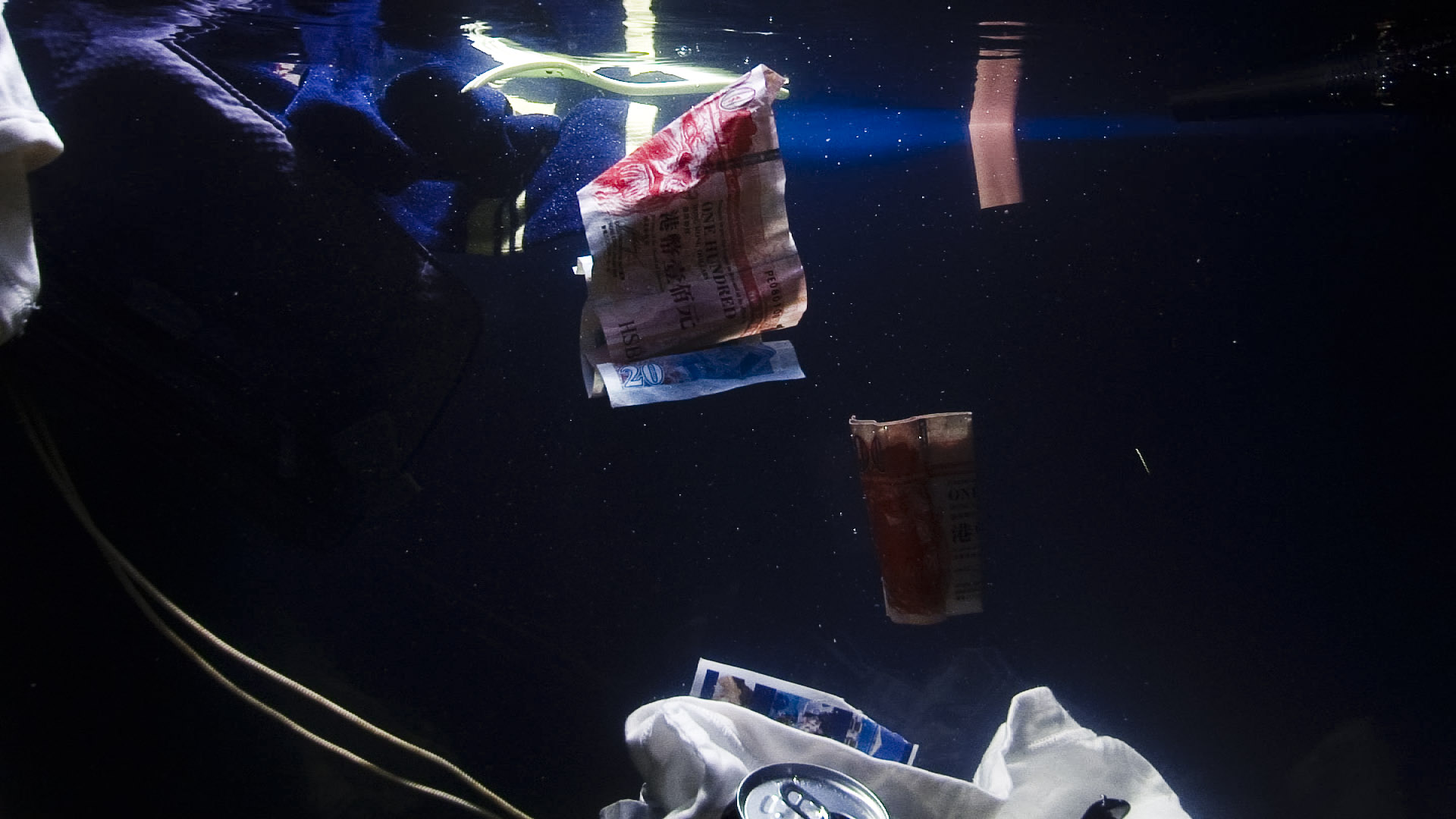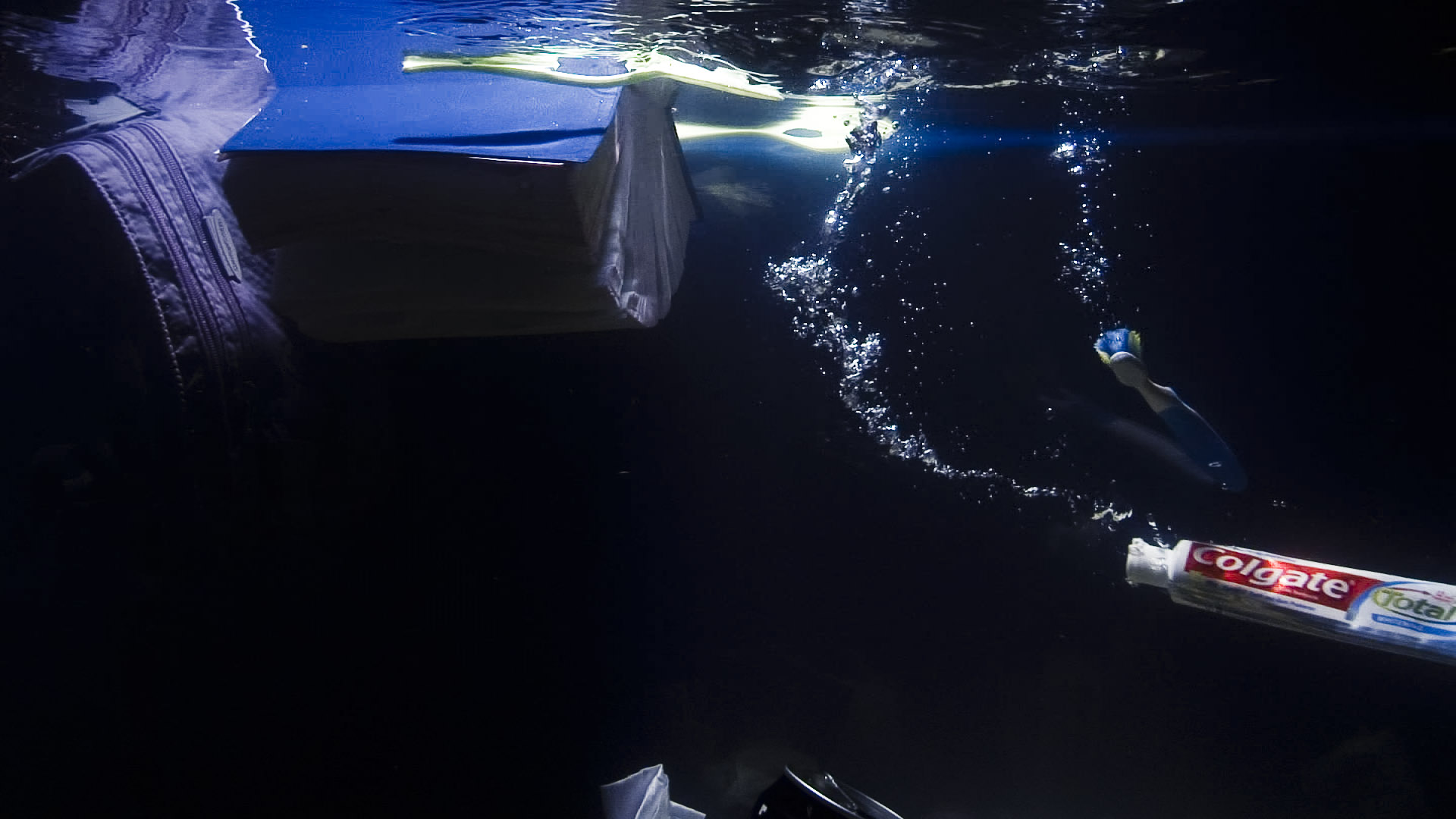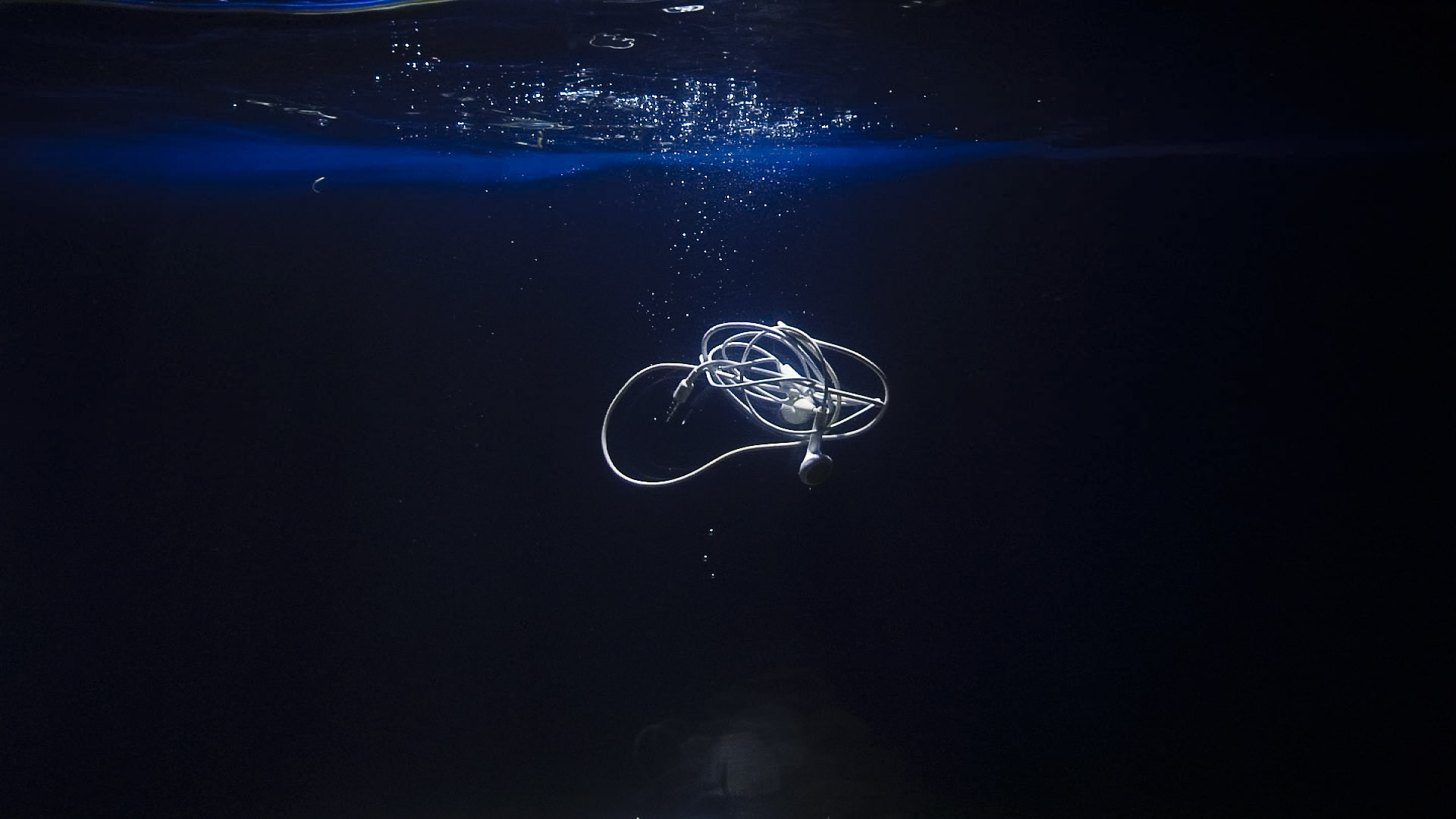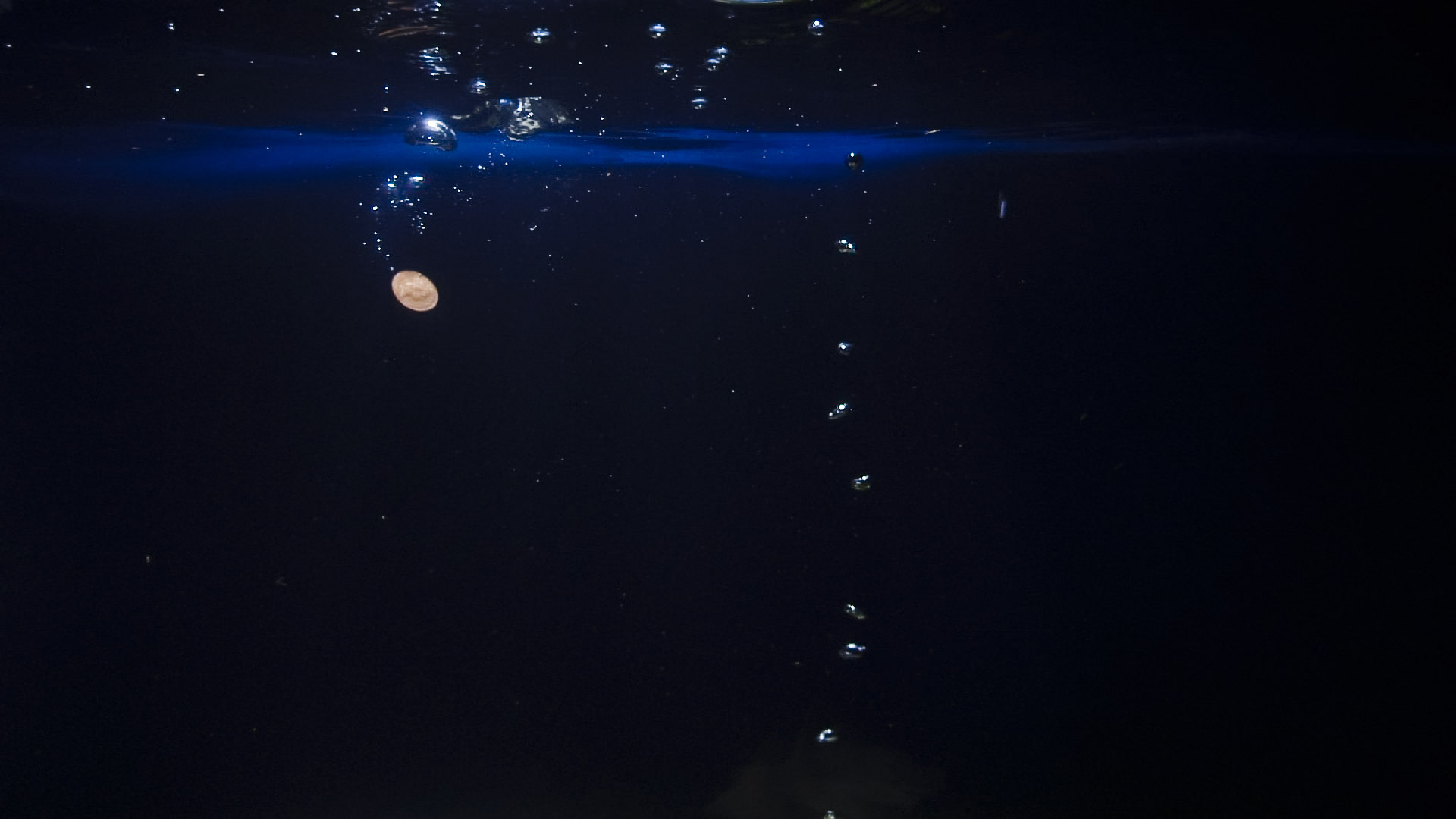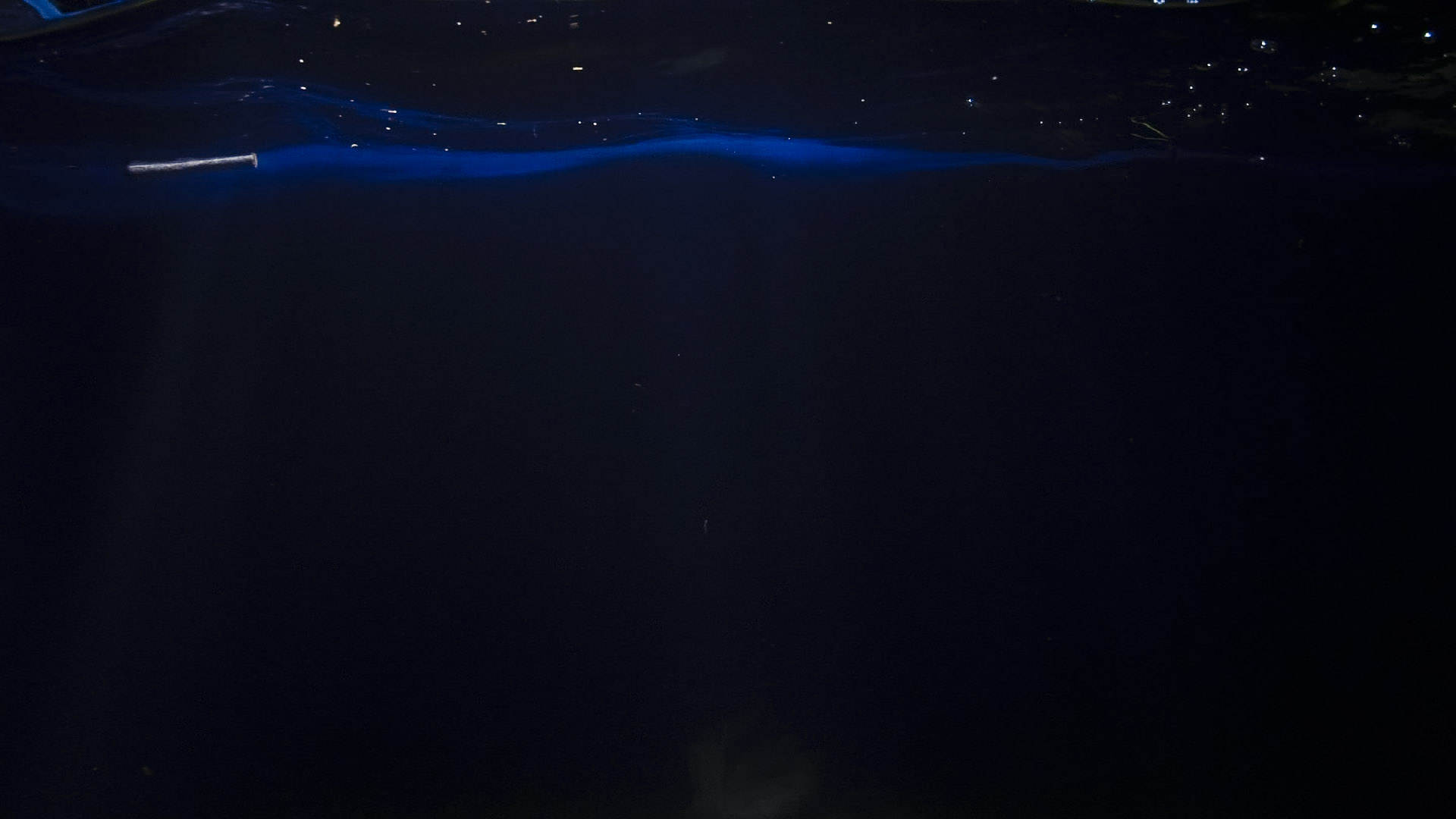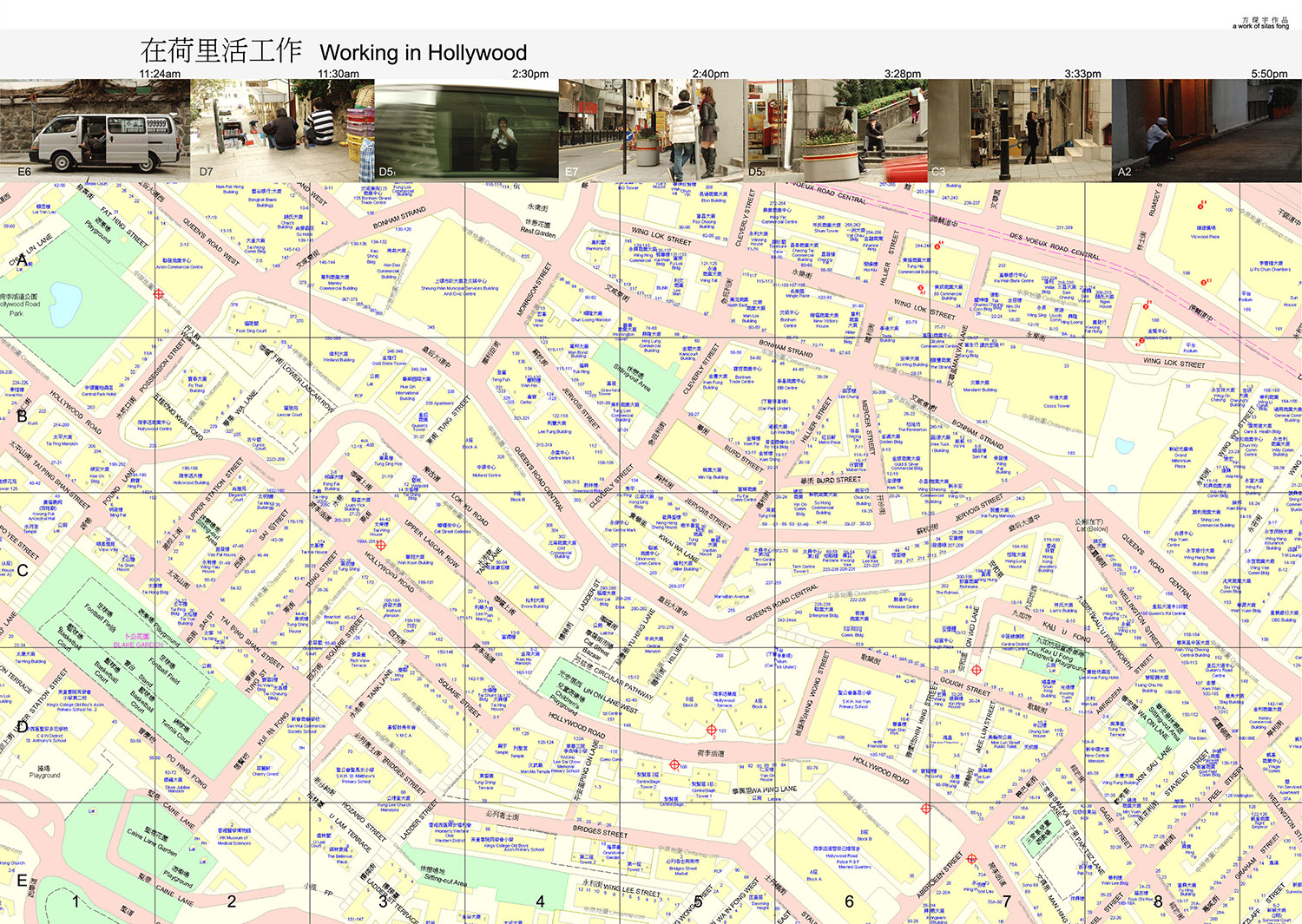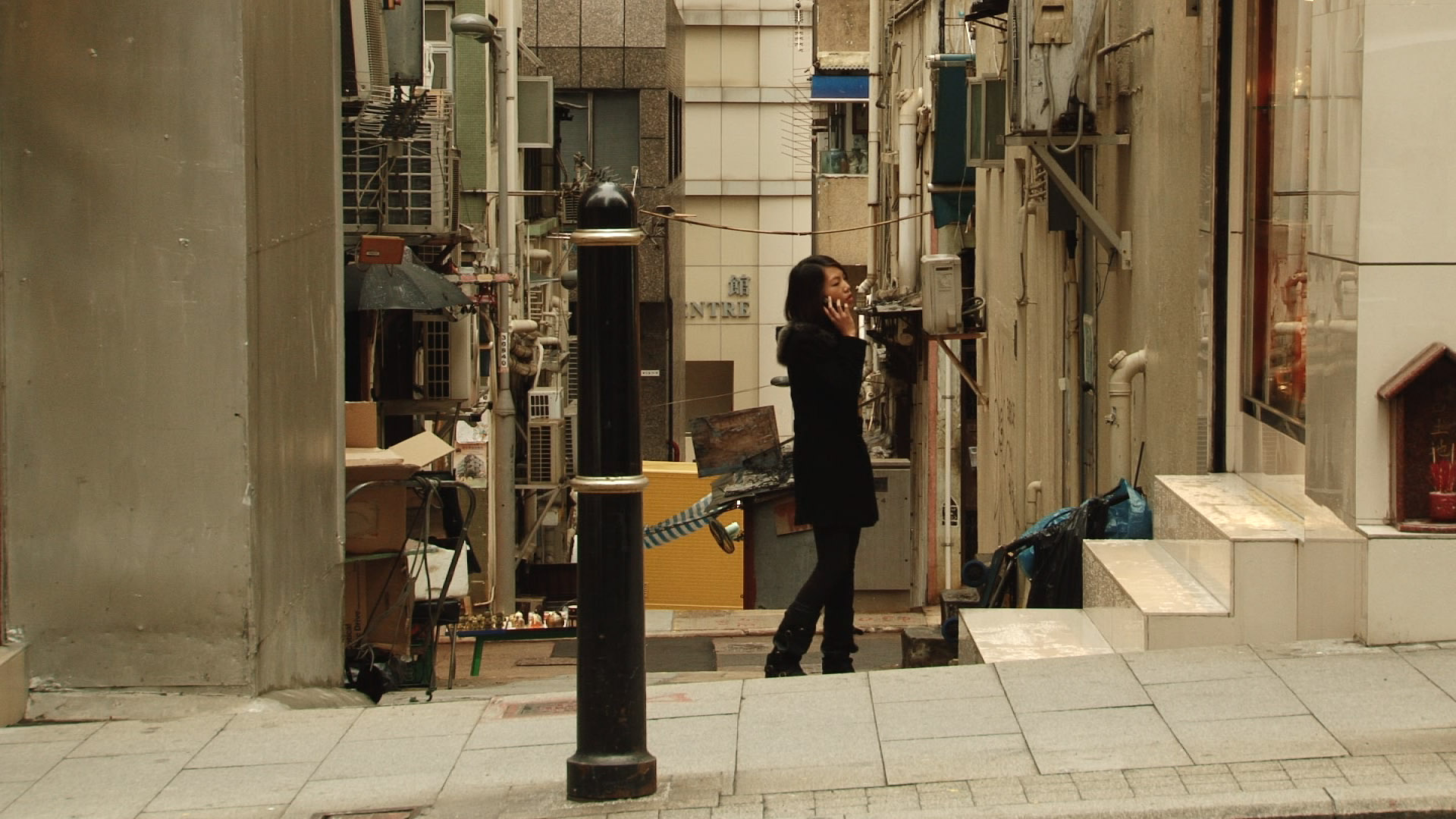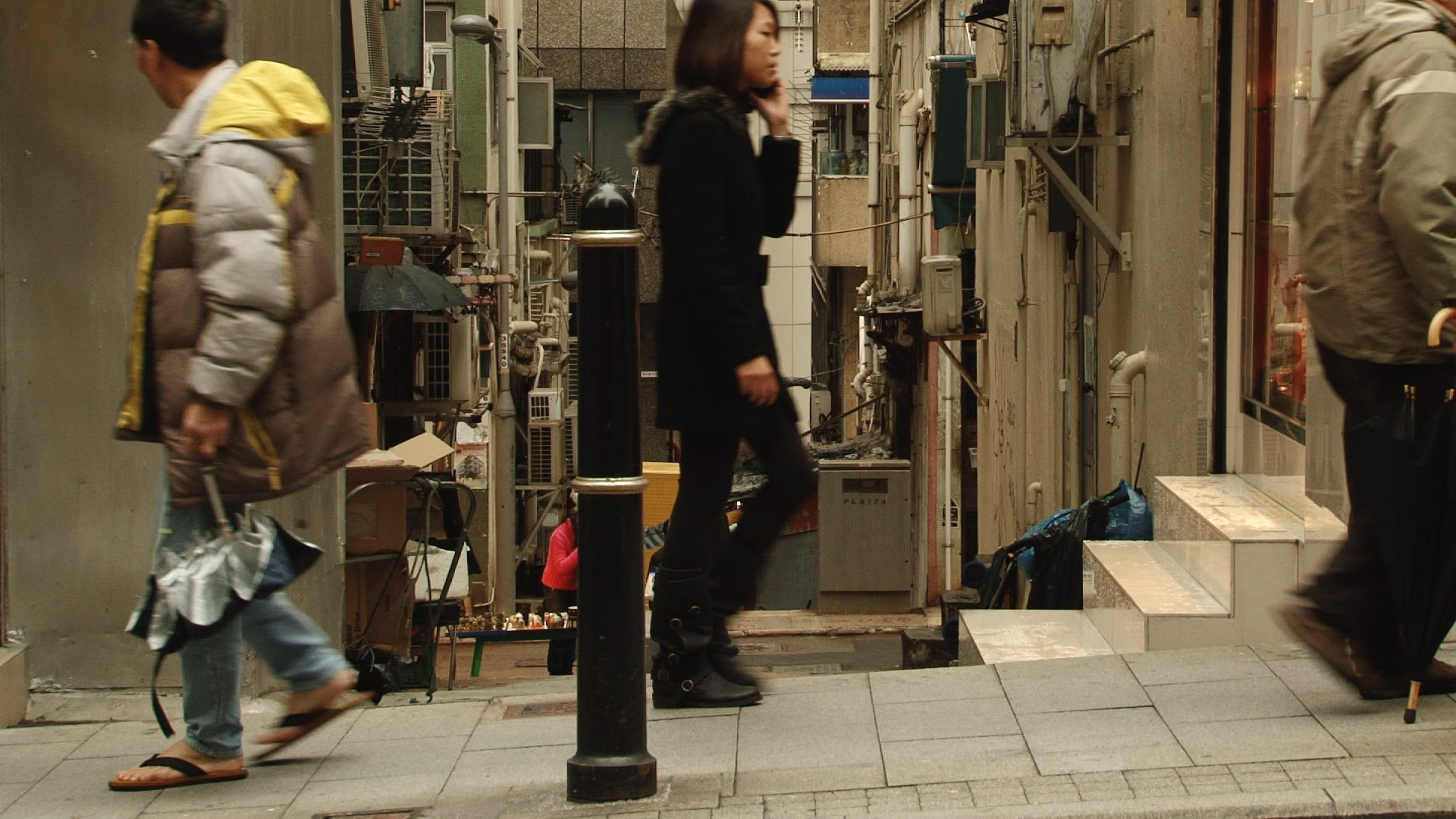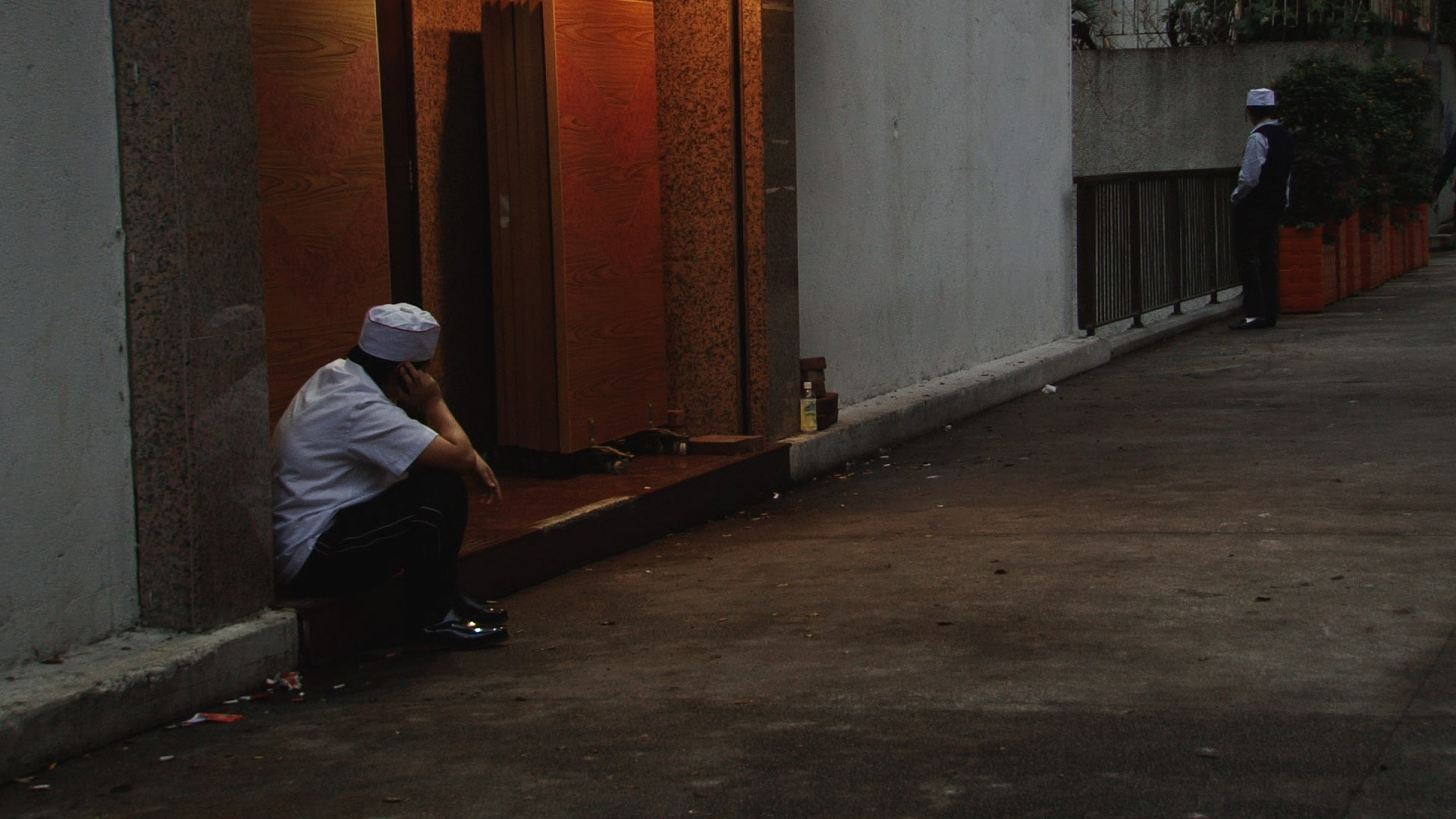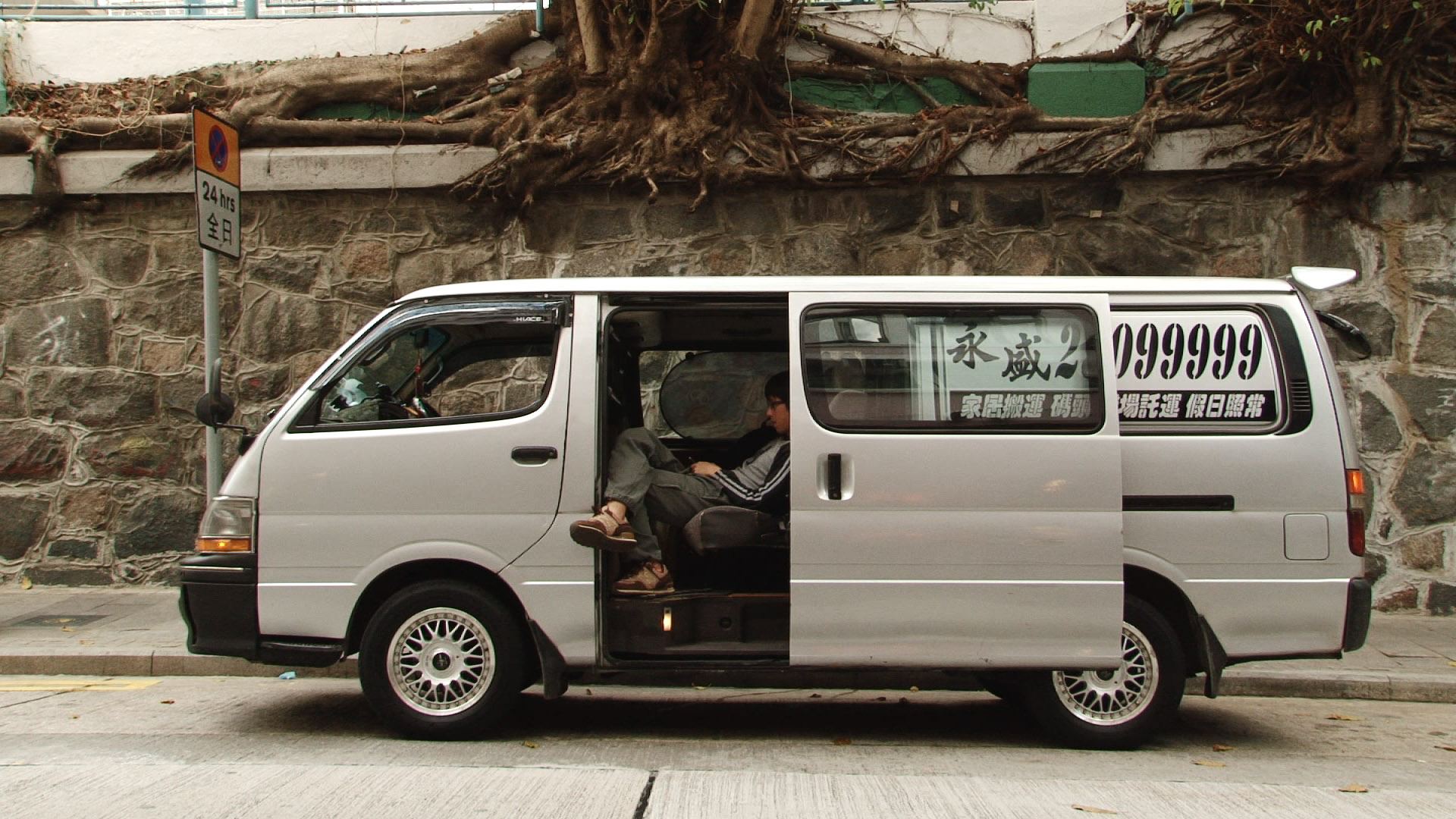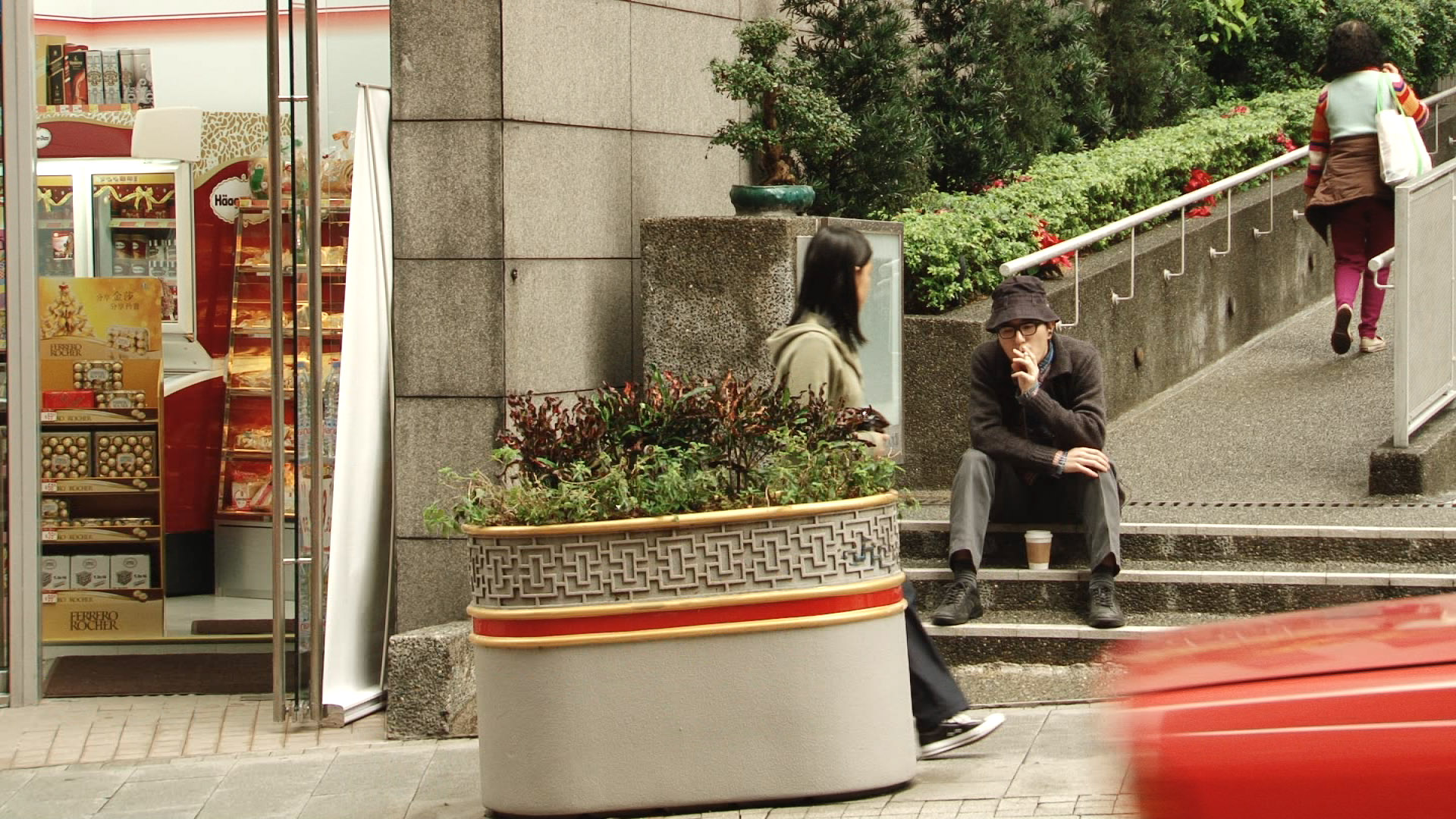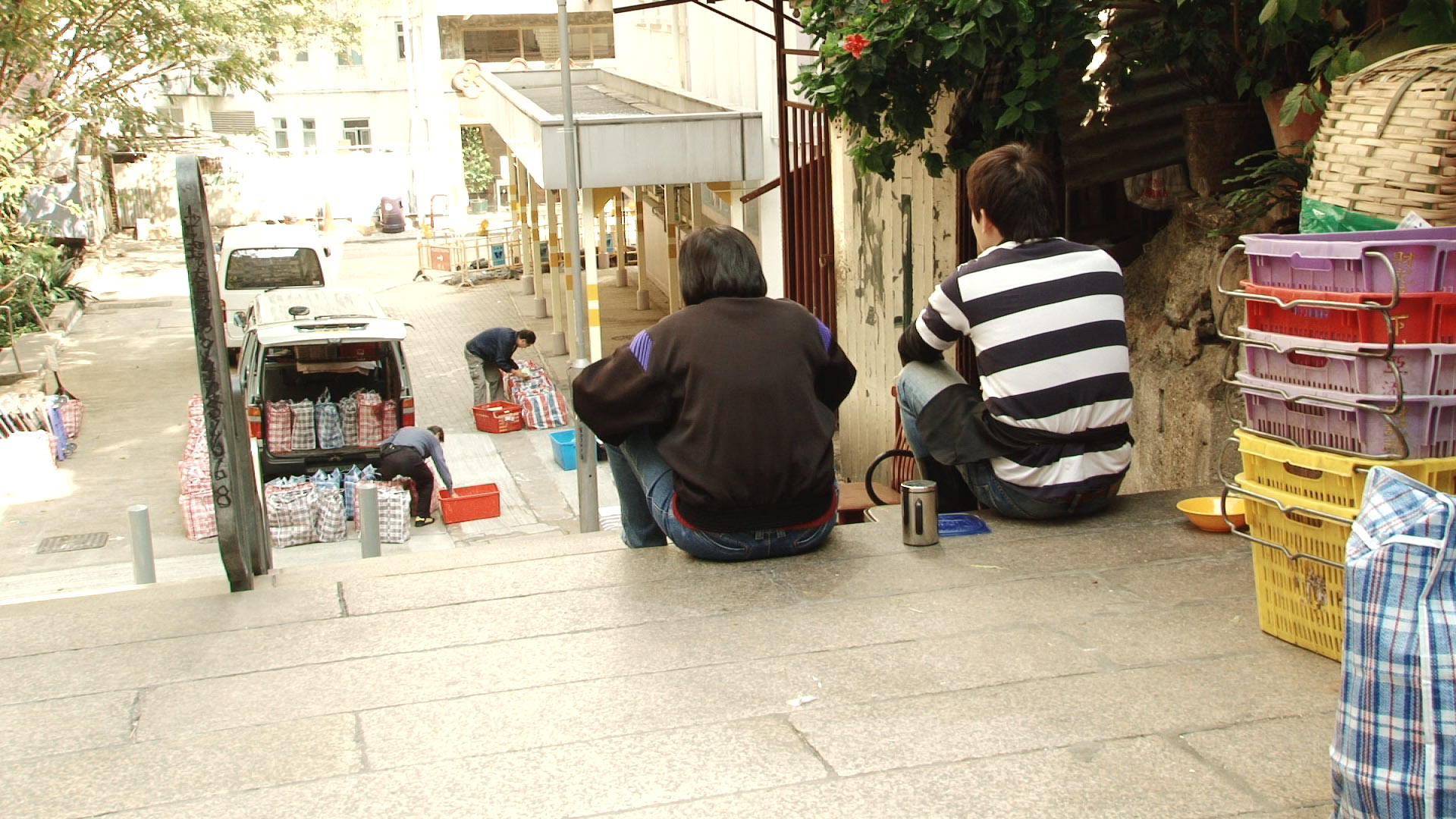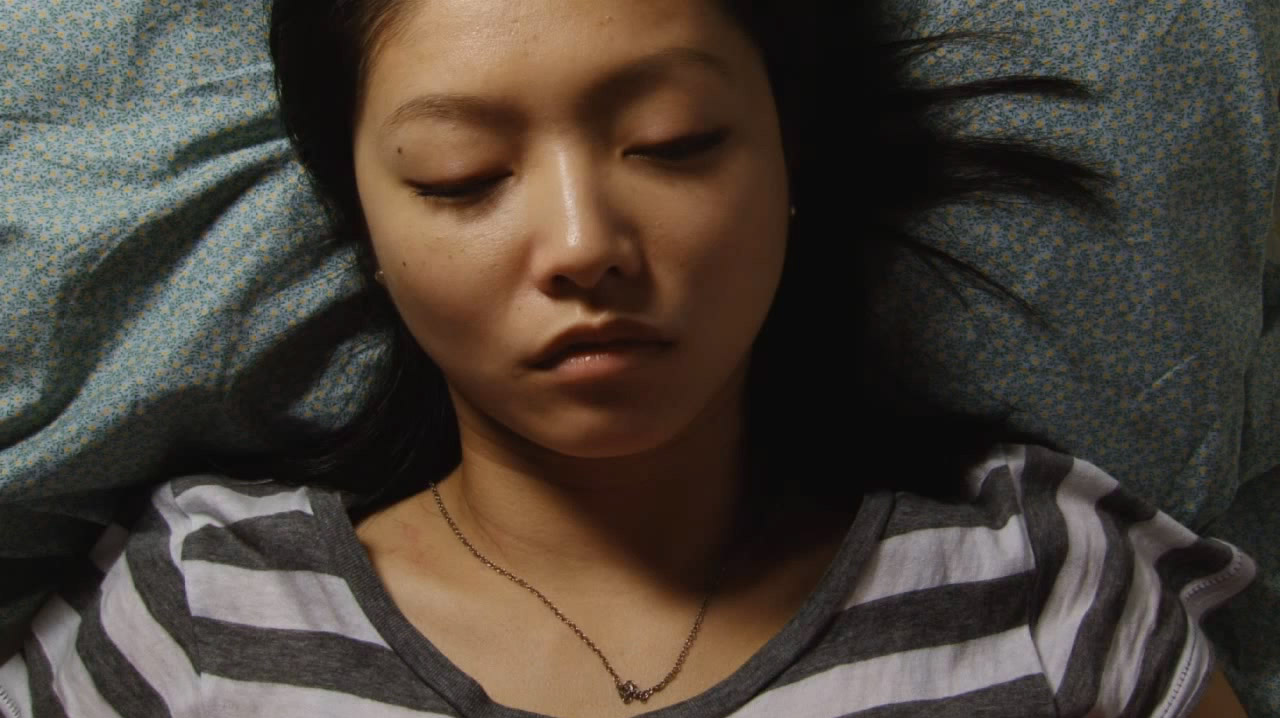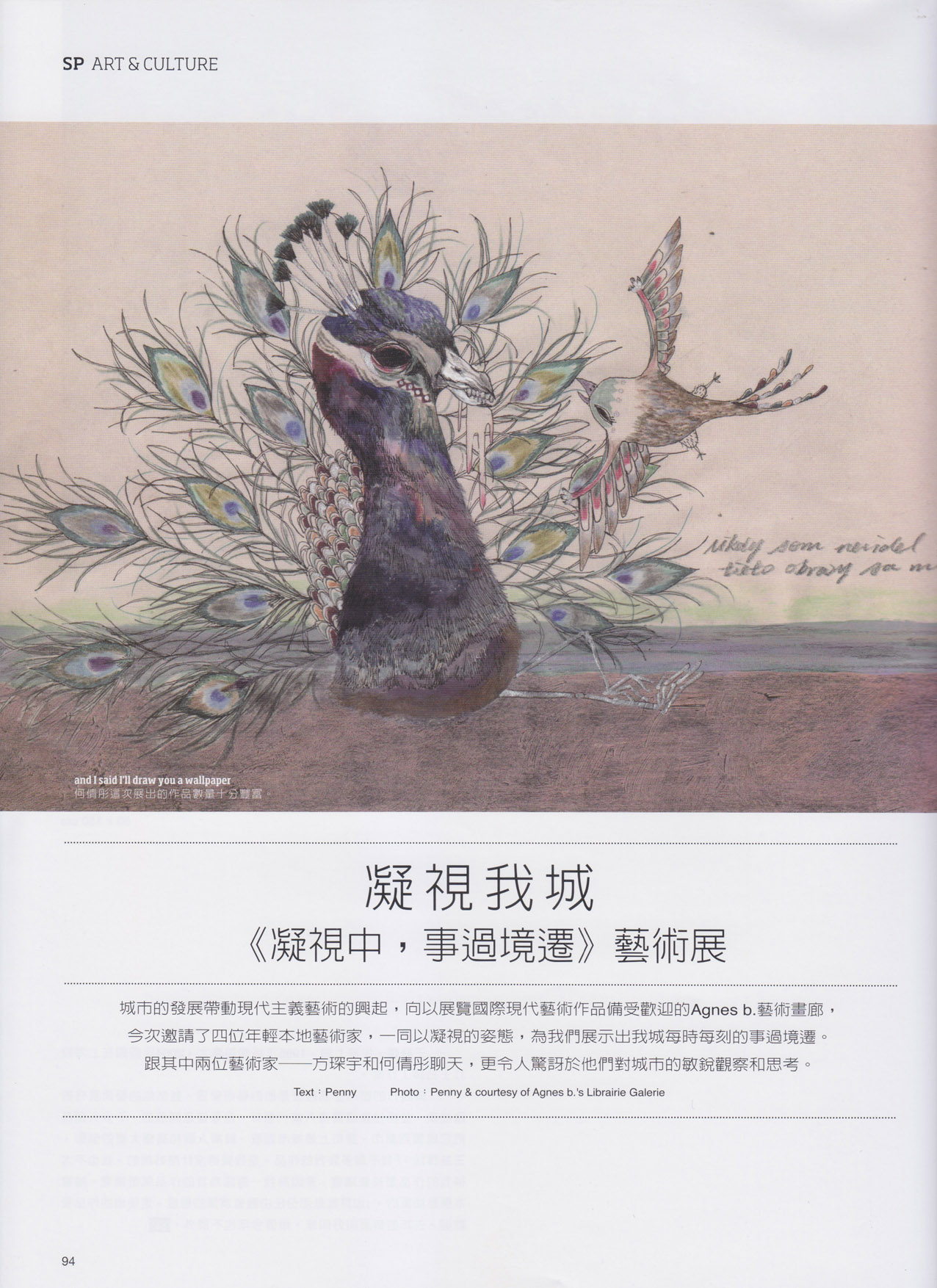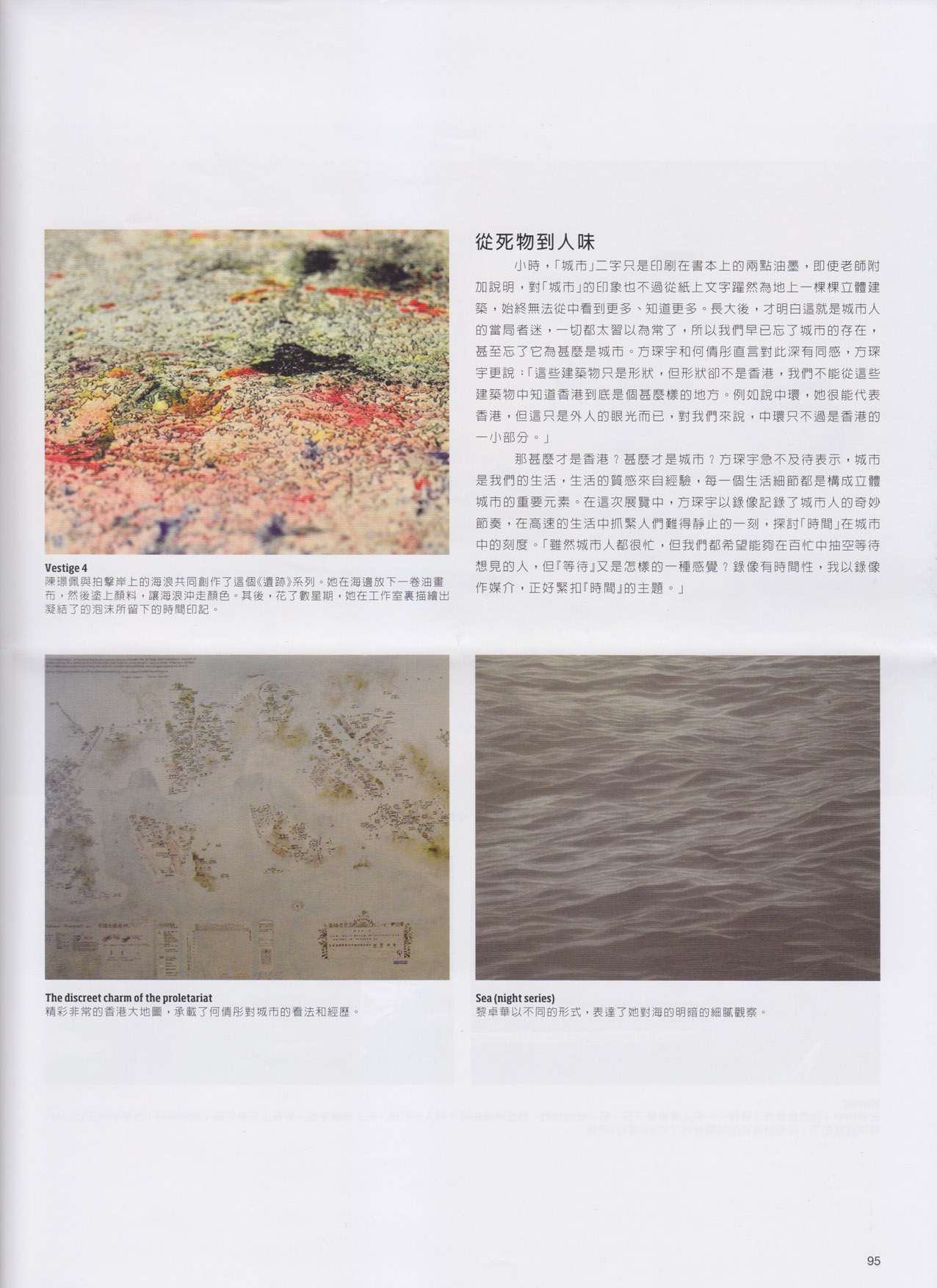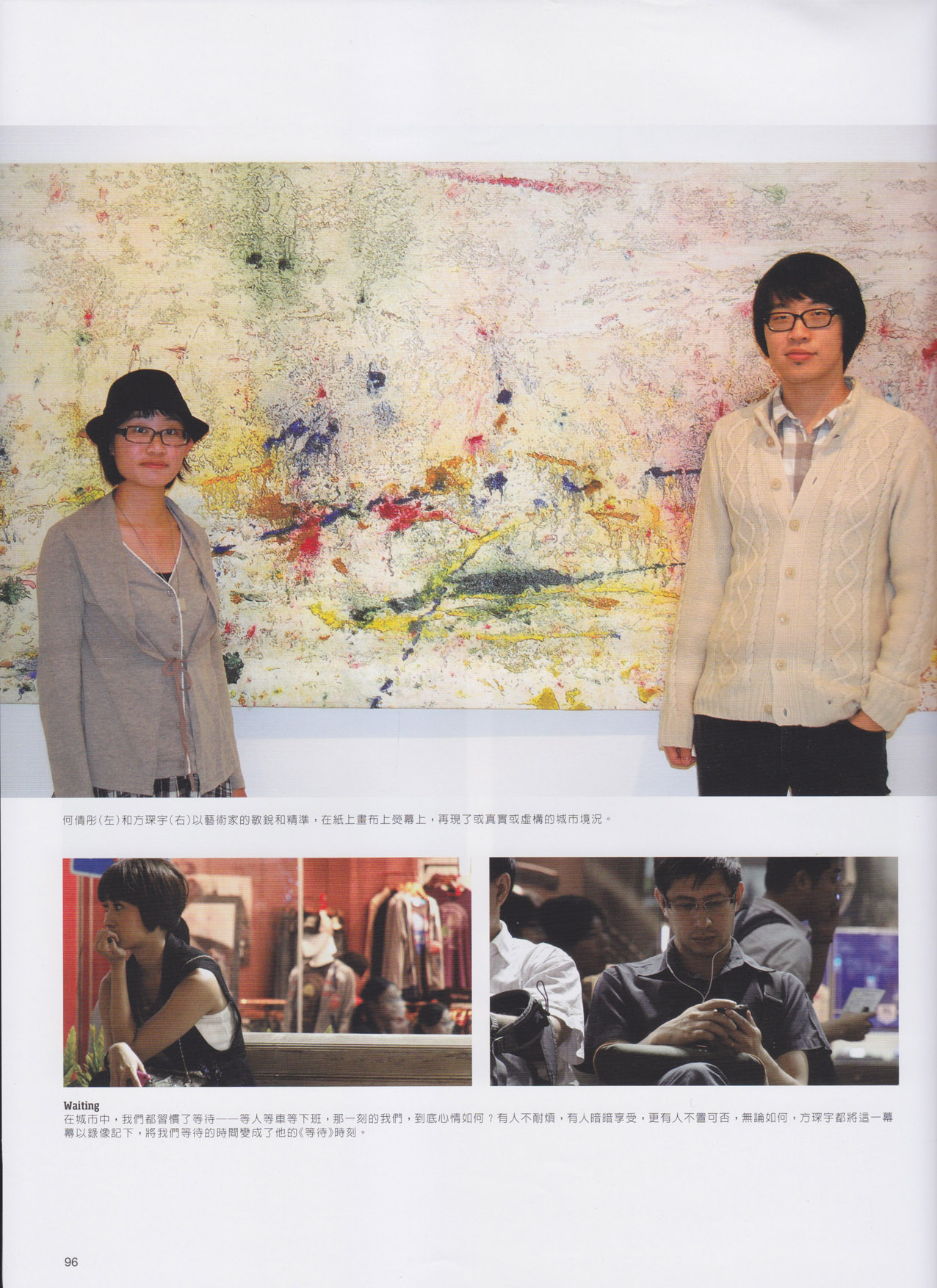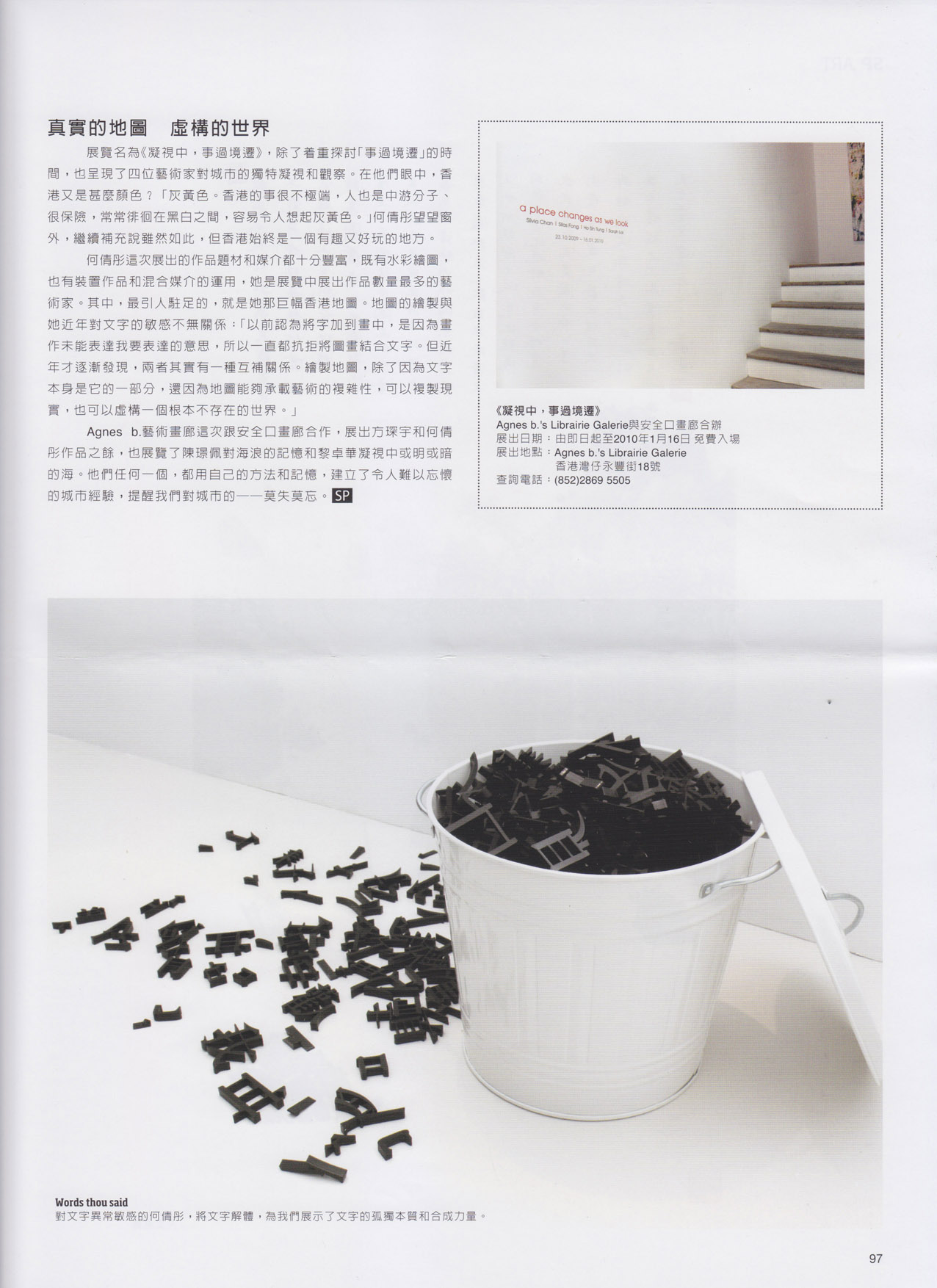Alvaro Rodriguez Fominaya
When American photographer Walker Evans trawled the New York subway taking his “subway portraits” at the end of the 30s and early 40s, he anticipated the collective anguish and alienation of the metropolis. With a hidden camera, Walker Evans would take the portraits of his unsuspected sitters, bringing the art of portraiture into the realms of life in the 20th century. In similar ways, Silas Fong adopts strategies that continue this research well into the 21st century. But as times have changed, the camera is shown in full flare, challenging the sitter to react, or to model suitably. Many things have been transformed after Warhol’s 5 minutes of fame or Guy Debord’s Culture of Spectacle, resulting in new behavioral patterns. On the other hand, life in the Big City – New York or Hong Kong – still is a fertile terrain for solitude, and as the artist puts it well: anonymity.
The place of the human being in the metropolis and the multiple possibilities of socialization have been major preoccupations for philosophers and artists akin, as 20th century meant society moved deeper into the urban landscape. Recognition of the Other and its nature has most intrigued us. Translating ourselves into the public space, where fortuitous encounters are fostered, has provided us with an ephemeral knowledge of the Other. These issues have informed Silas Fong most recent production: “Stolen times for sale”, “When the door opens” and “Surveil the strangers” are good examples of this research within his work. Digital technology, including video, web access and mobile phone, update this sociological quest. A definition of each project explains the procedures and rules that the artist has established. For “Stolen times for sale”, the artist writes: “The performer steals time from strangers through pressing the buttons of the elevators”.
In his works there is a reflection on the notion of time. The video “When the door opens” shows footage of the brief instant when the doors open at a MTR train, at the same time the artist sets the footage into slow motion, effectively “freezing” time, providing us with a contradicting measure of the rhythm of the urban web. The accelerated path in this interstitial “locus” suddenly becomes a choreographed series of beautiful movements that capture our imagination. It is in the idea of the expansion of time, where we revel, and where he delves into the nature of this time based media. As we always want to be supersized, this concept of expanded time suitably fits into our 21st century essence.
“Stolen times for sale” is another of his recent projects that deal with related issues. On this occasion there is a performative edge to the video. Although the performer is hidden behind the camera and we only witness the consequence of his action. His simple action – pressing the elevator call button – generates a sequence of reactions. We suddenly view the occupiers of the elevator peer through the open door. It also connects with this notion of relayed or expanded time, his actions originating a relational performance. In a second stage of the project, during the public showing of the video, the gallery visitors get the chance to purchase these “stolen times”. As Silas Fongs describes: “The video sequences once sold are replaced by “SOLD – XX SECONDS FOR $ XXX”. This results in the video becoming a work in progress, subject to continuous transformation, where the end would only come when all the sequences have been allocated with new “owners” of this time.
It was only natural that Silas Fong turned his eyes into the public bus system, having already explored the MTR as a ground for his work. Bus transportation invested him with a higher number of possibilities related, not only to the subjects of his videoperformances, but also to the surrounding urban landscape. His latest work, takes us into the realm of experience. The artist is not just preoccupied with the production of the images, but this time he applies the idea of circulation to his videoinstallation. Armed with a video camera inside a bus, he shot from the left side of the bus, thus filming a footage that shows us the life on the other side of the window. Passersby are invited to react to this filming as the artist reuses some of his tactics. The resulting video is exhibited in a real life size two channel projection; the visitor being sandwiched in between the two screens showing mirror like images. This idea of spatialization of video connects with the development of the genre of the installation. Sculptural qualities are linked to the moving images, enhancing the experience of the viewer, who at this stage is transformed into a visitor. Other issues, such as the representation of the real are also brought in through this strategy, adding complexity to what was originally a simple idea. Although the themes of Silas Fong’s work go back to the origins of video and its relation to experimental cinema, the way he resolves these dilemmas are only possible with the current technological and conceptual development. This is because of the way he uses space, but most importantly because of the use of a 16:9 panoramic ratio, which enhances the cinematic aspect of the work and points towards a departure from 70’s videoart.
